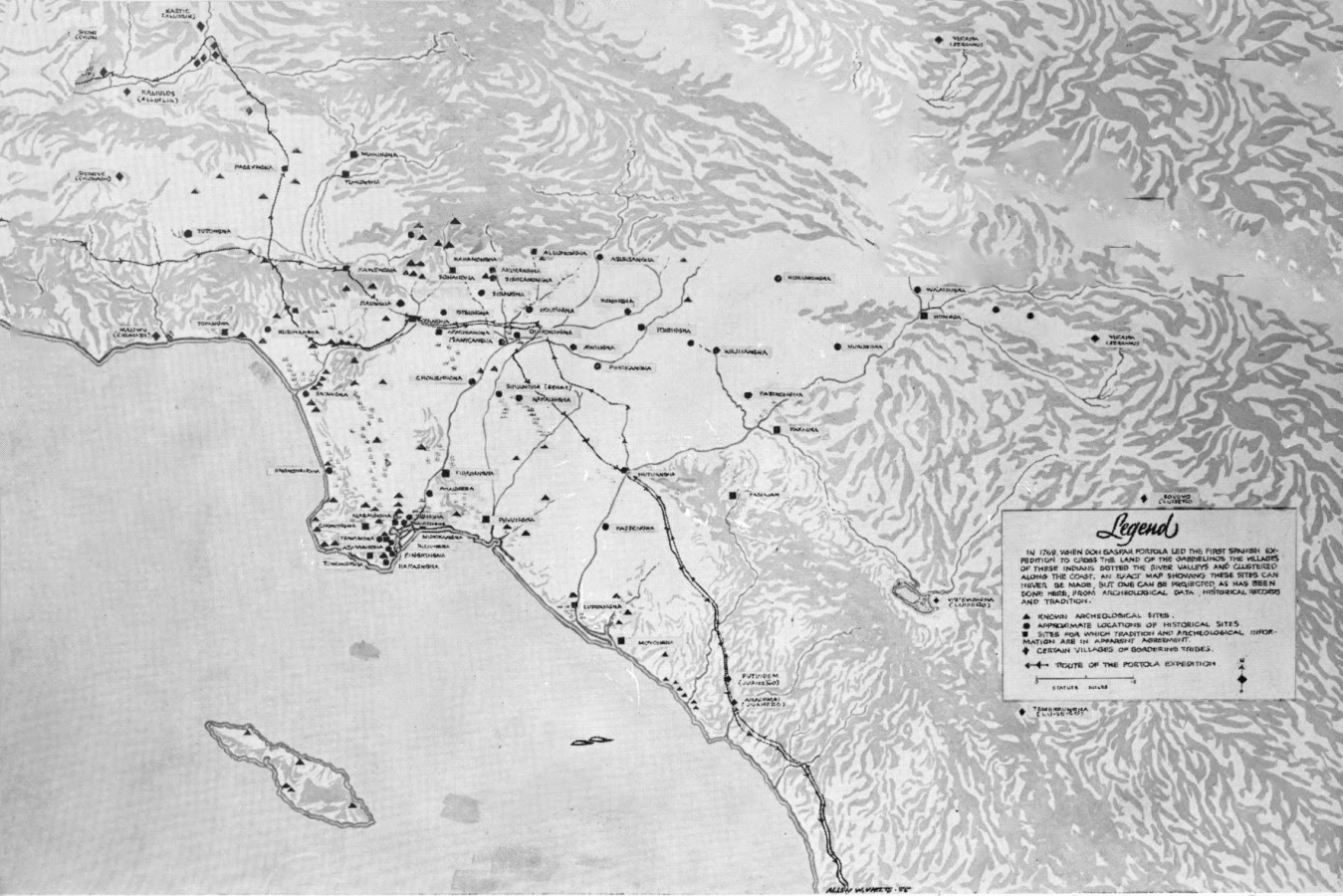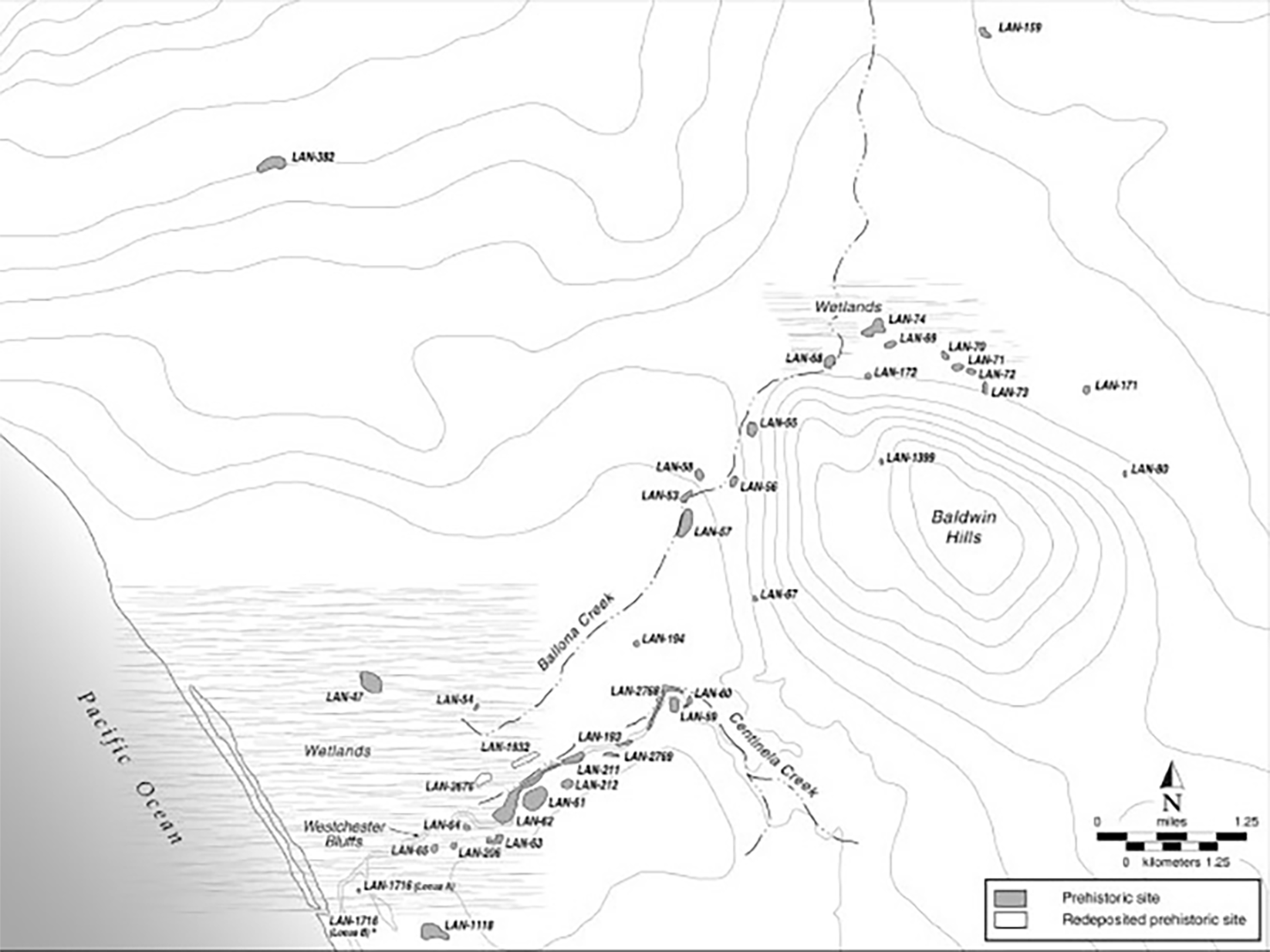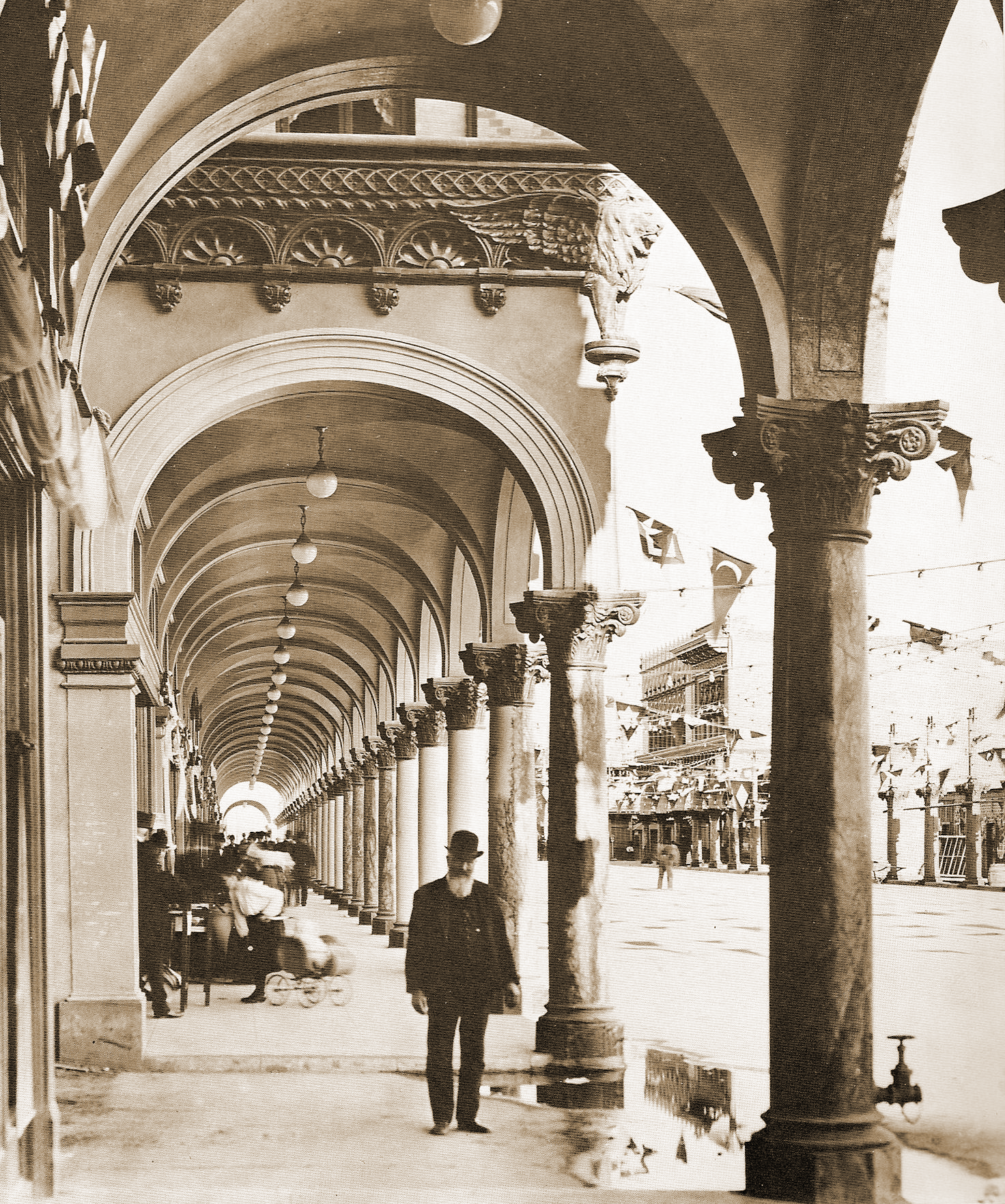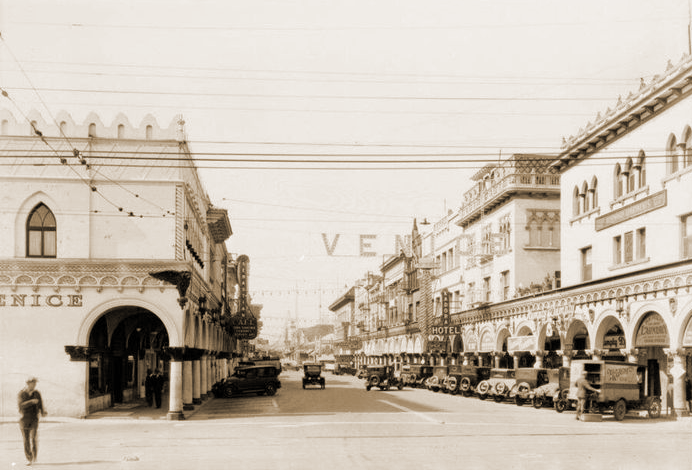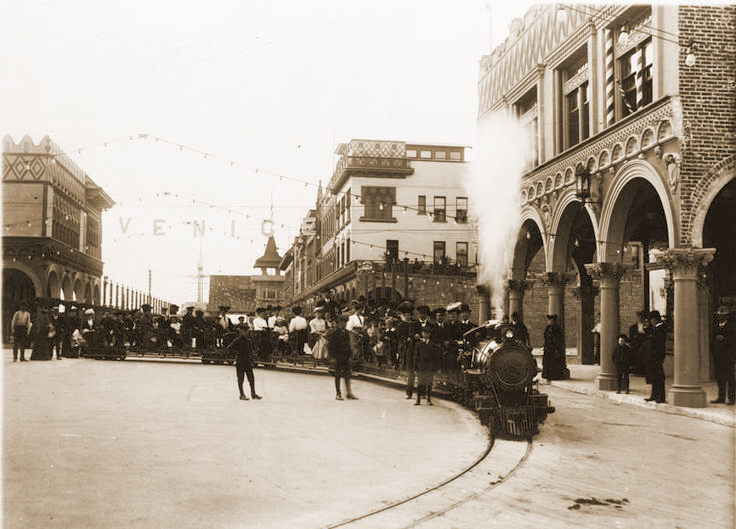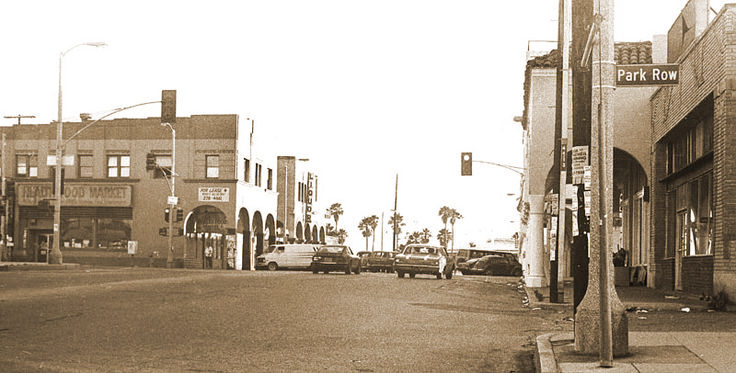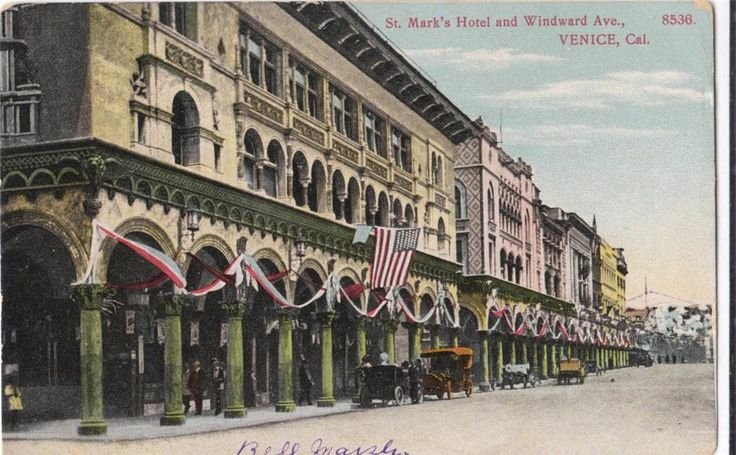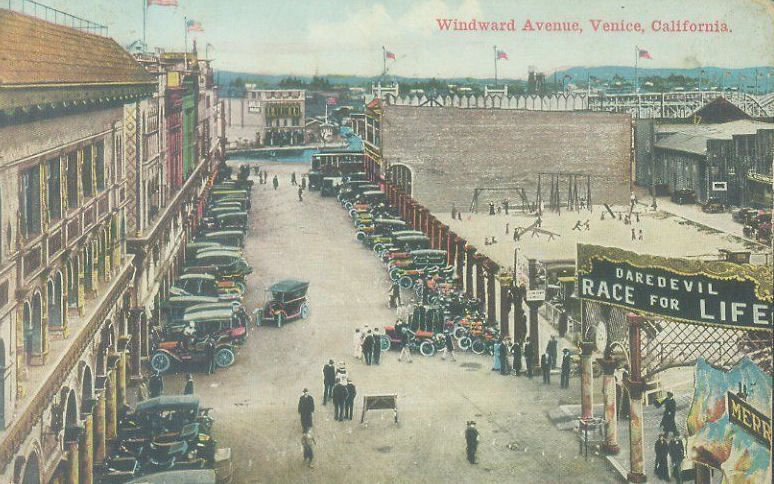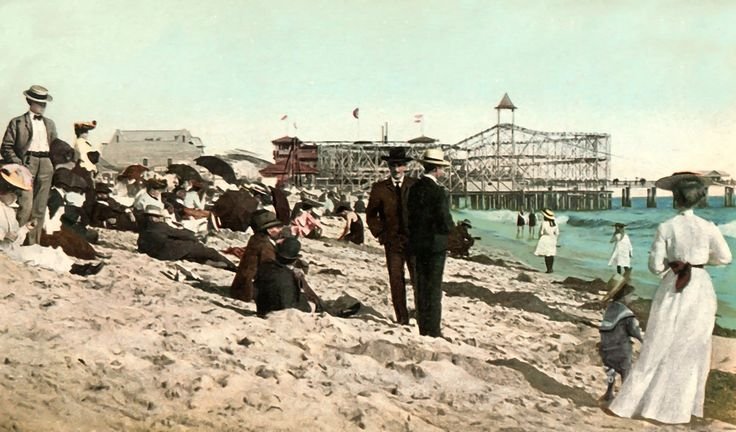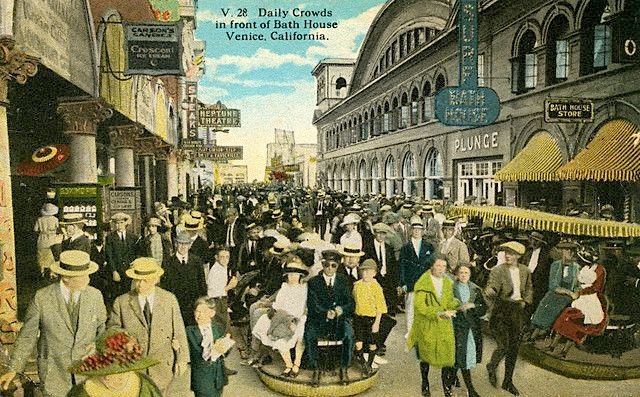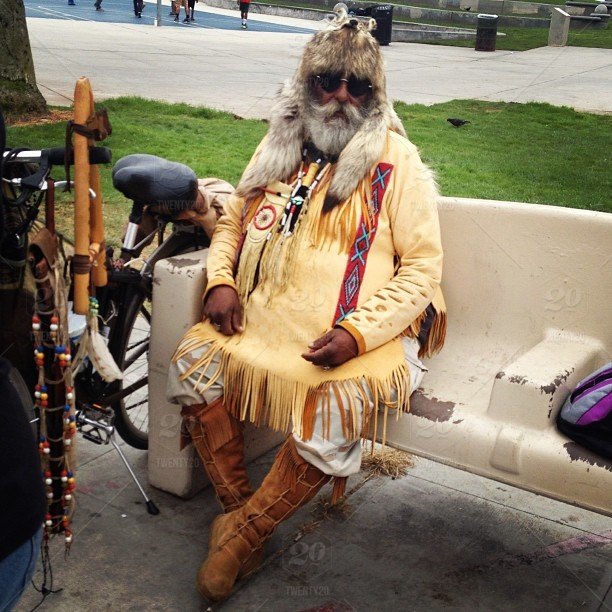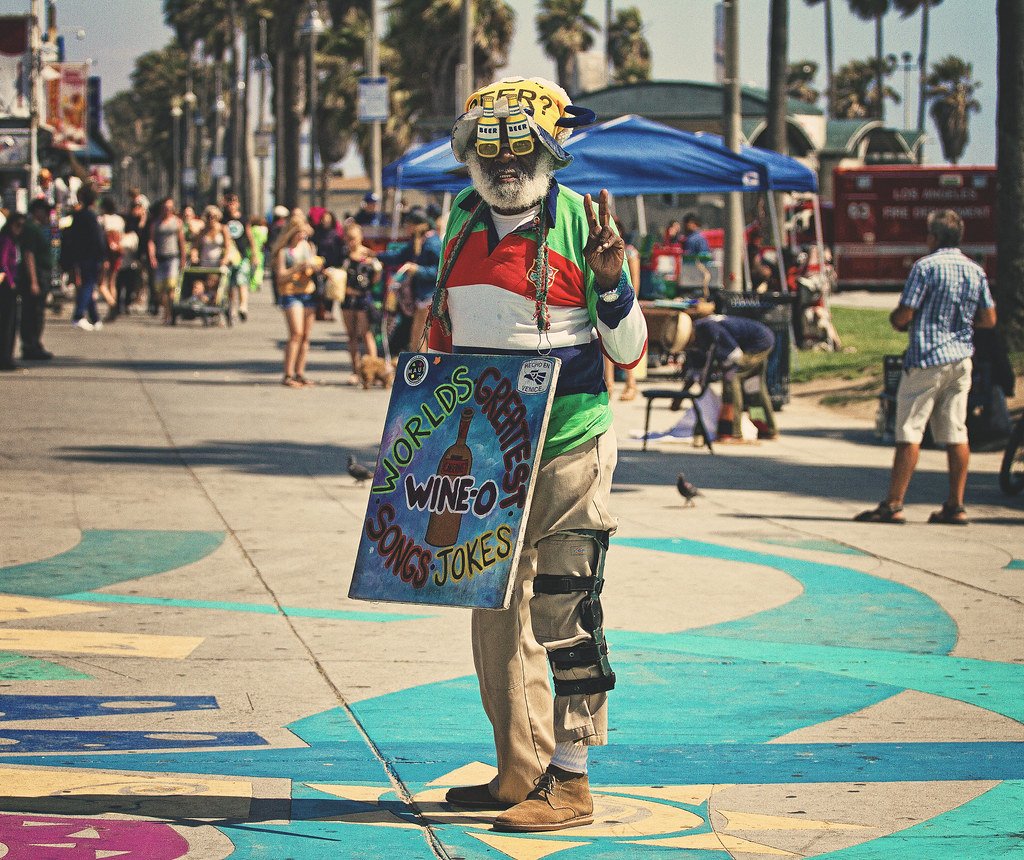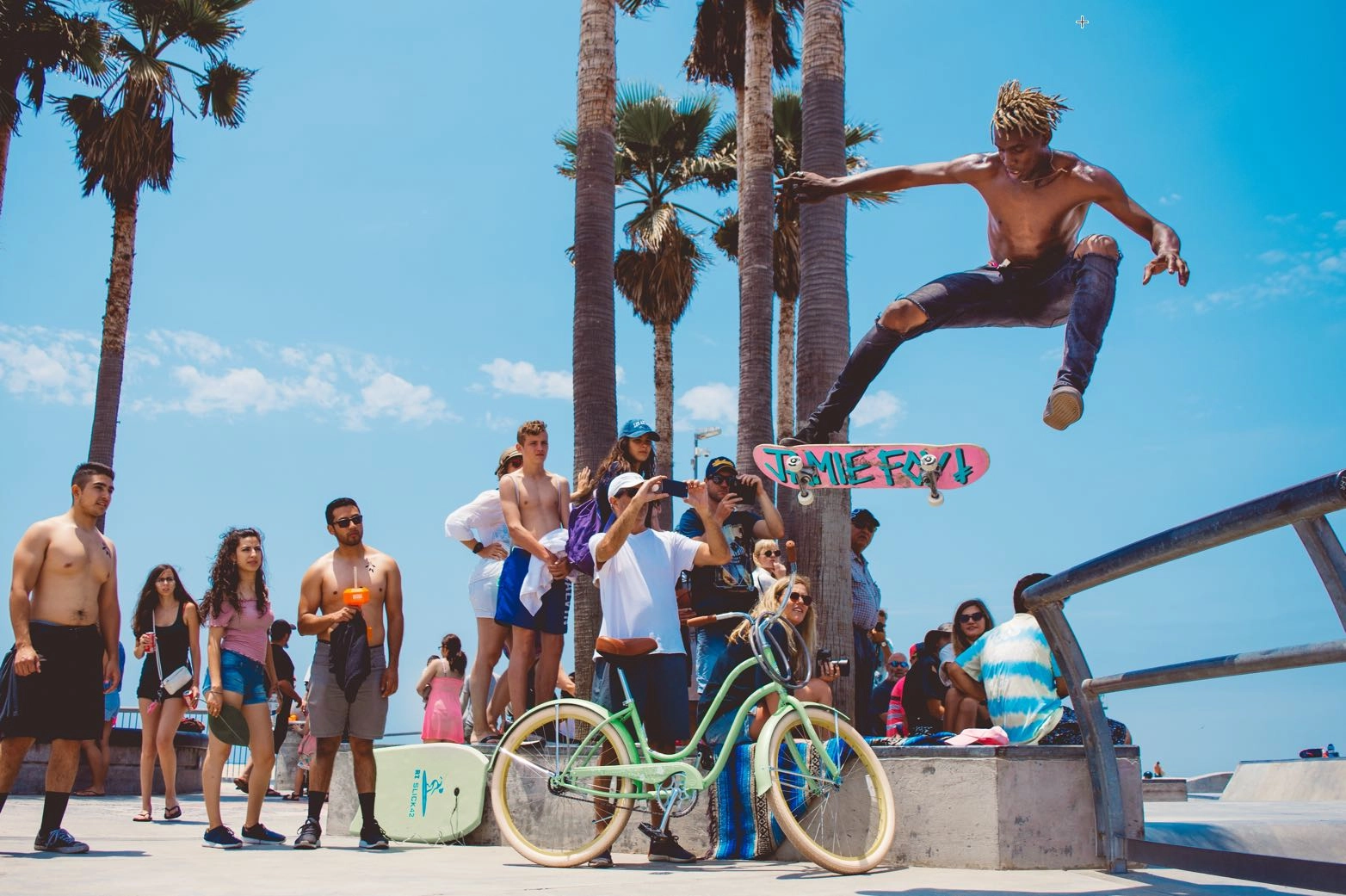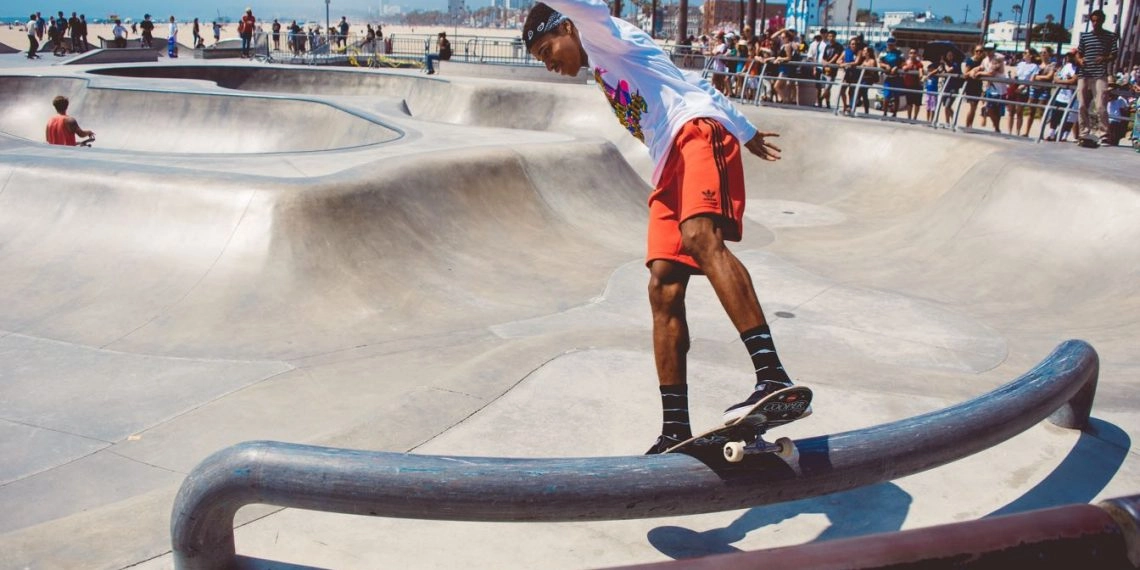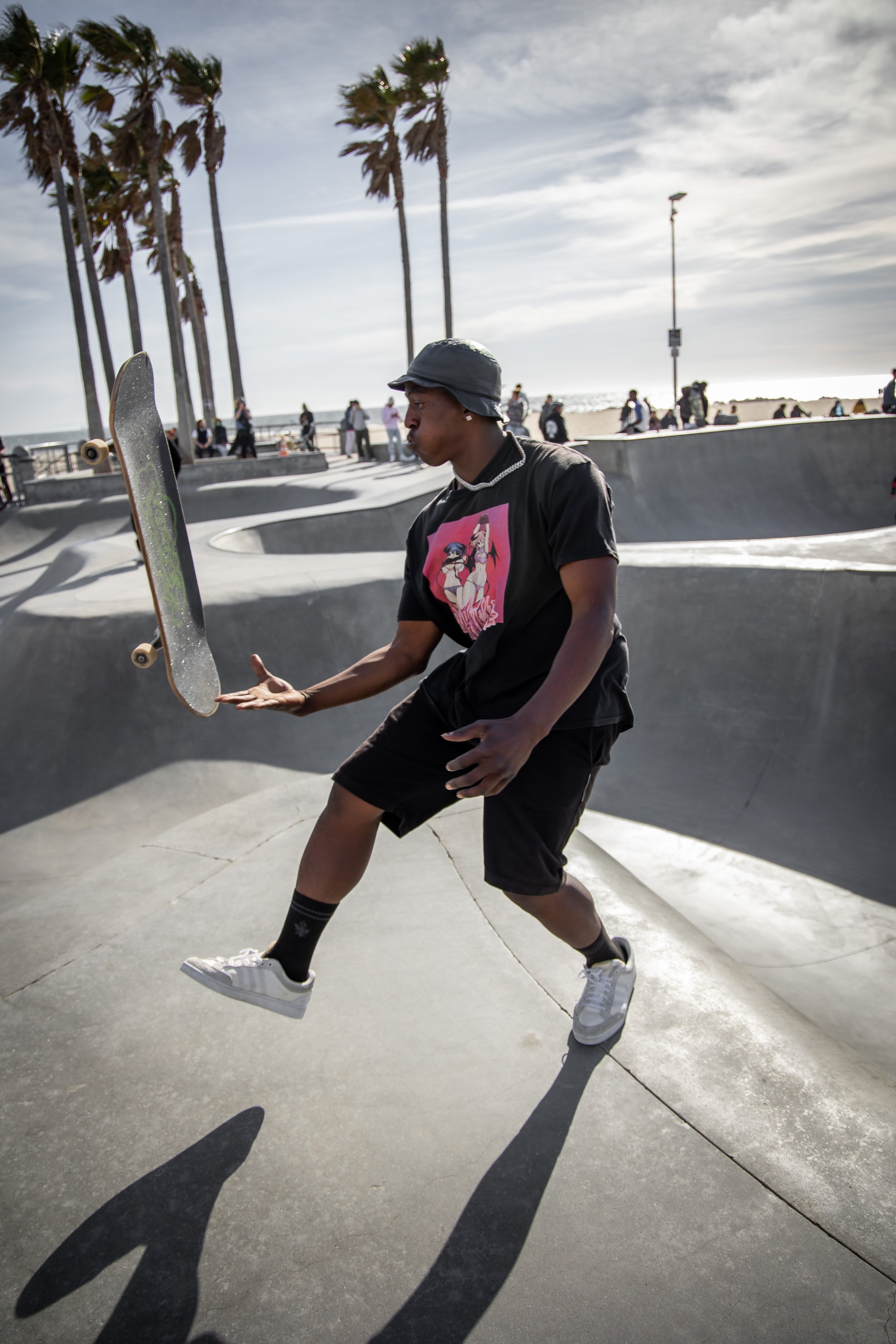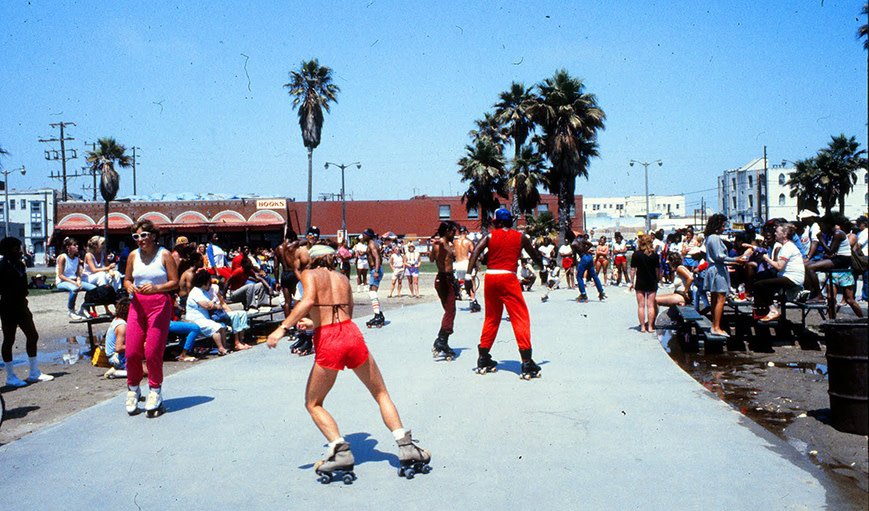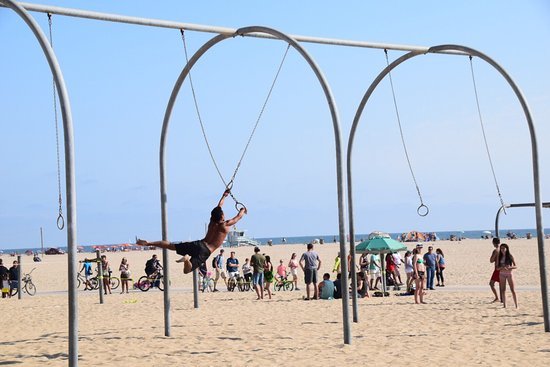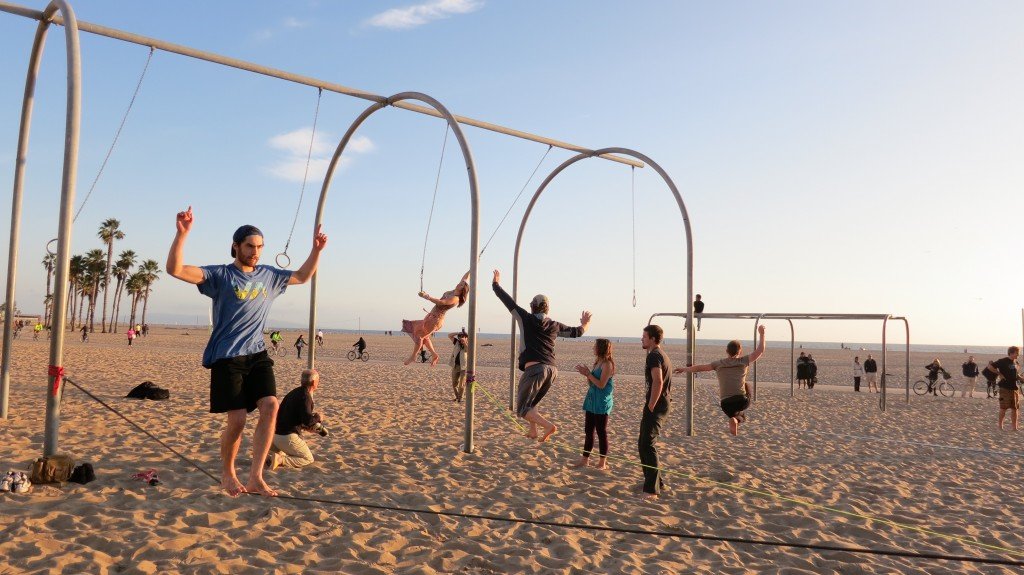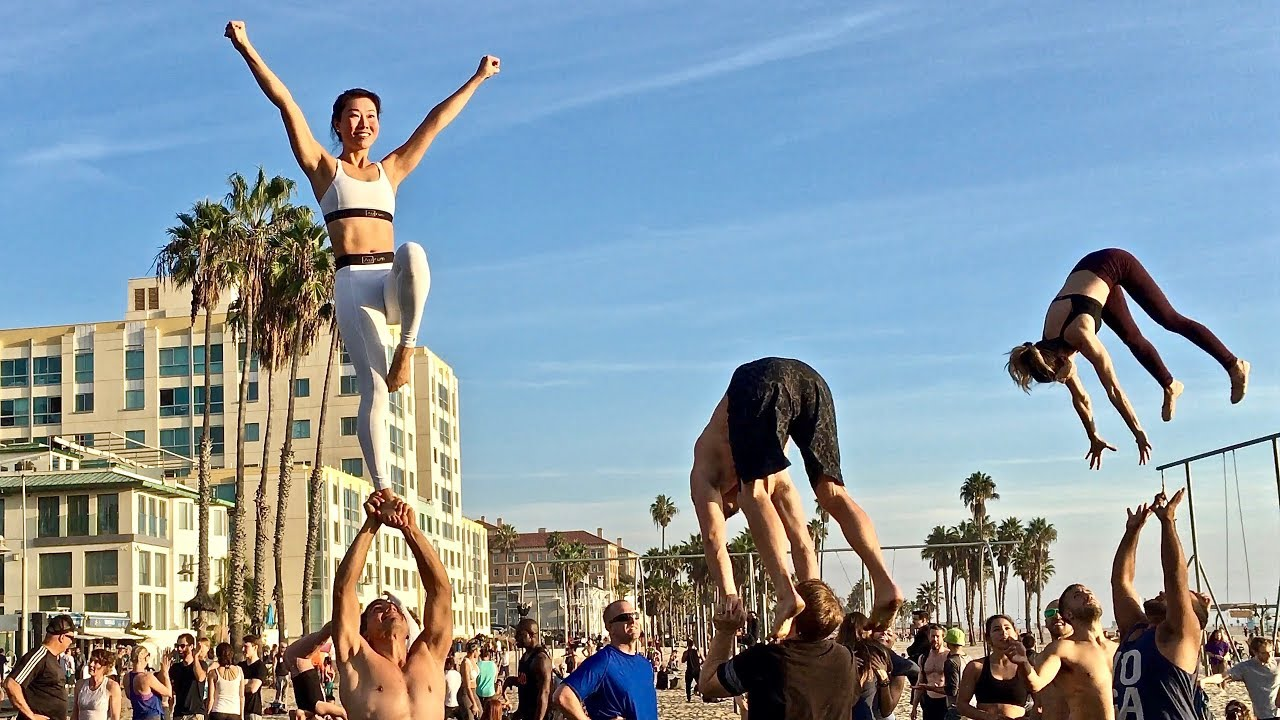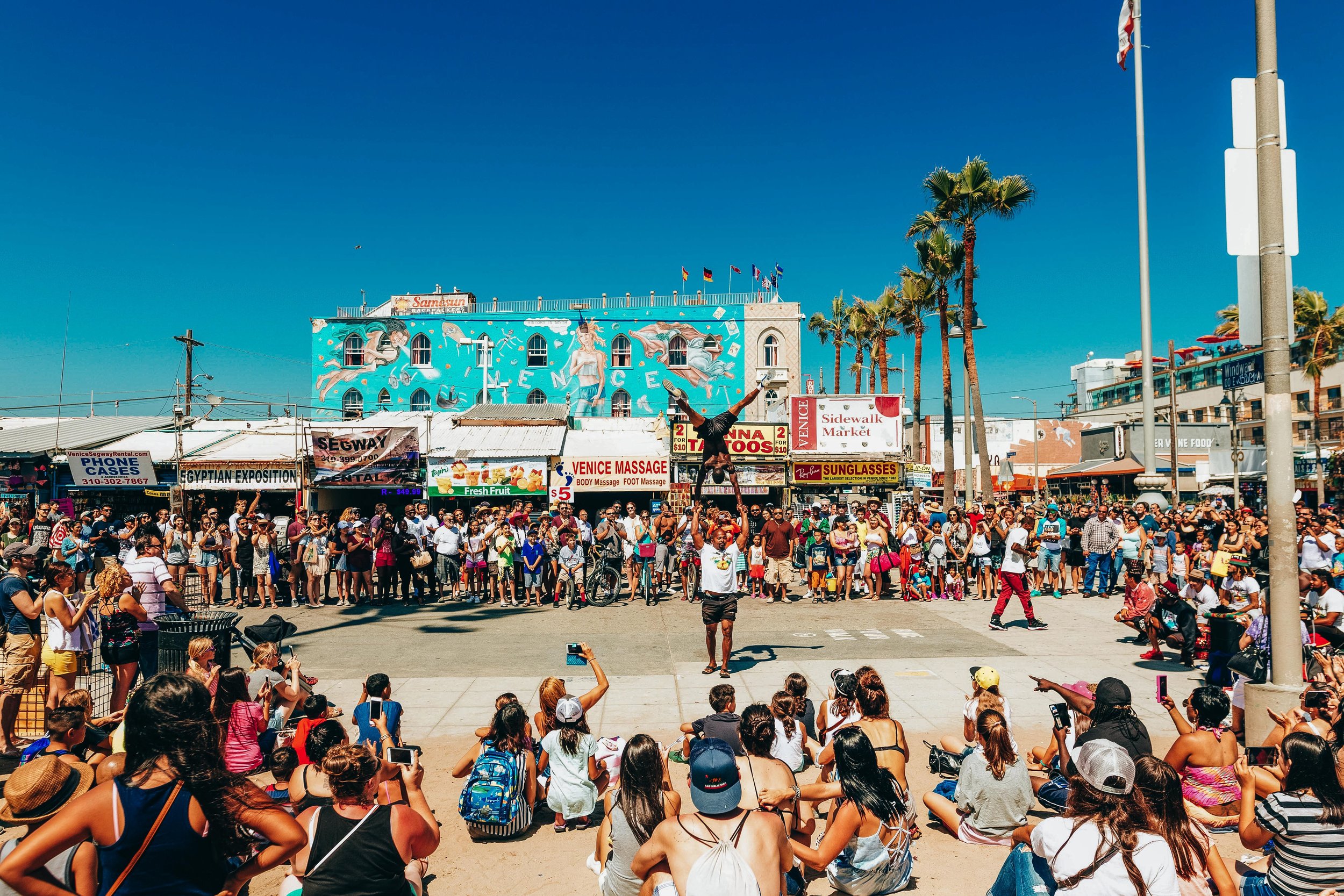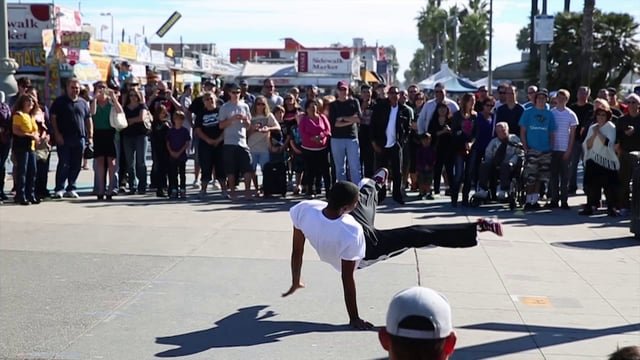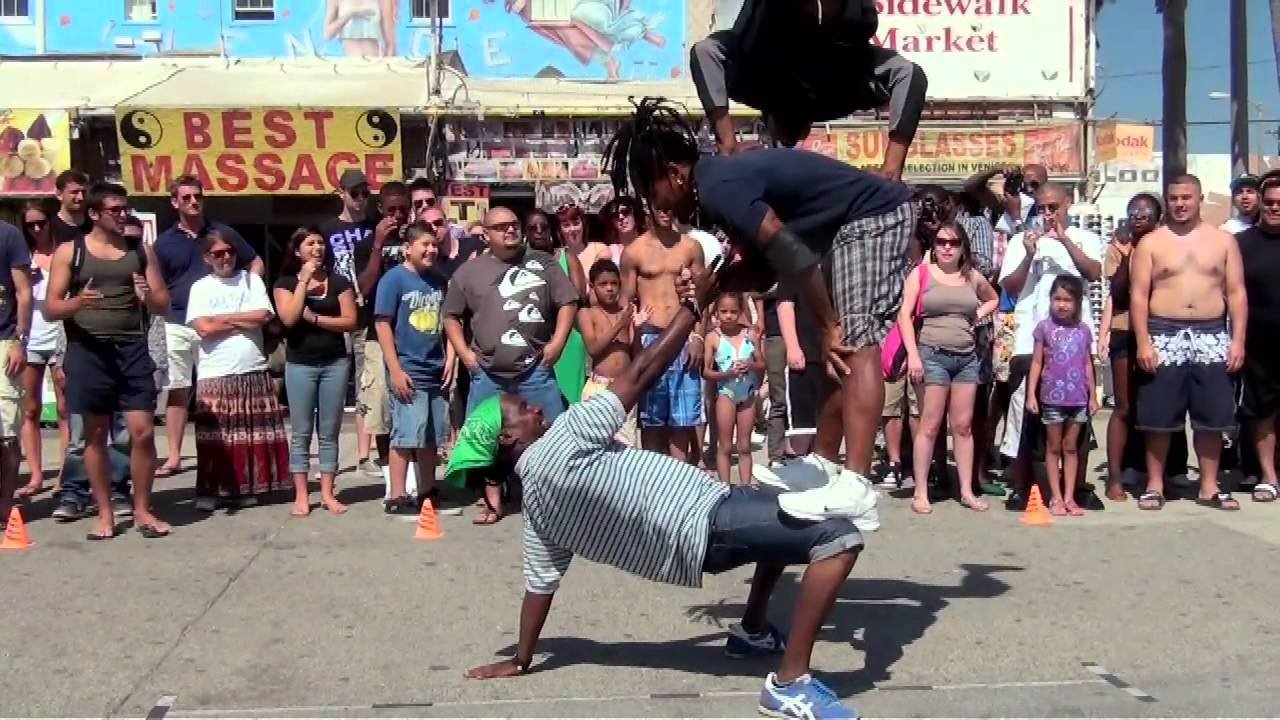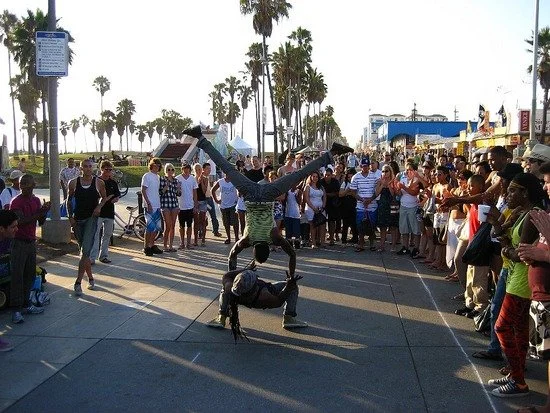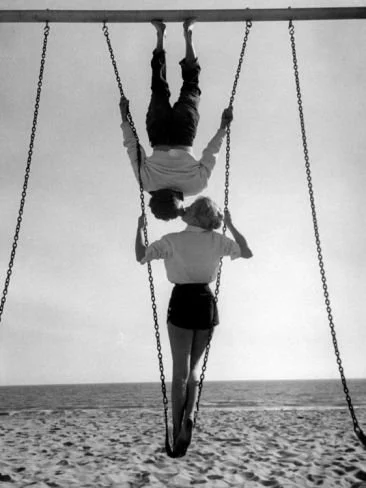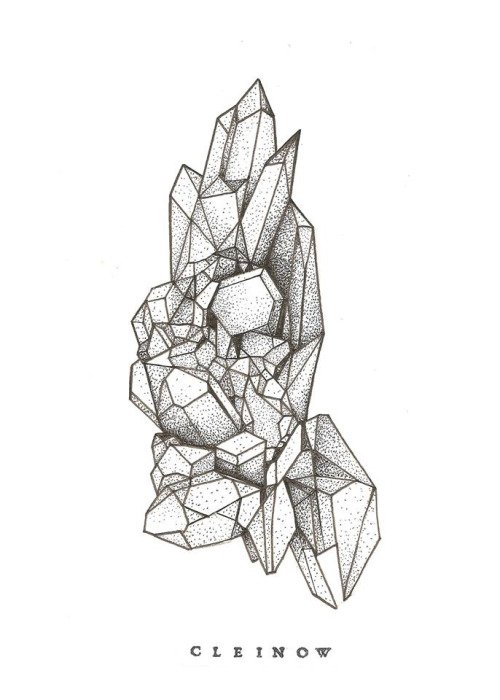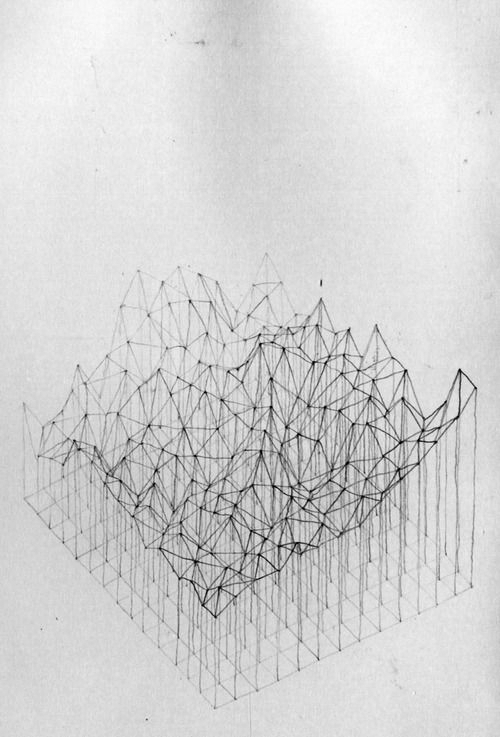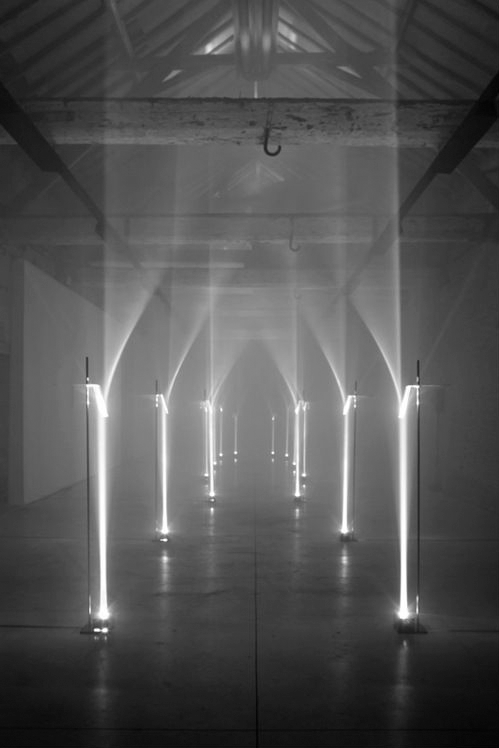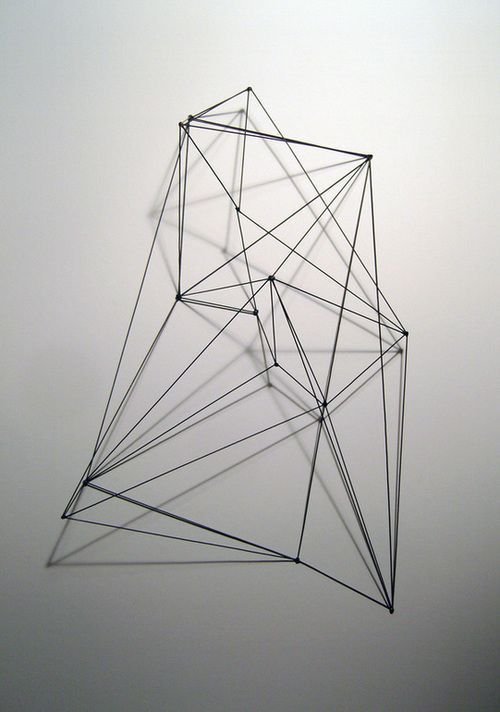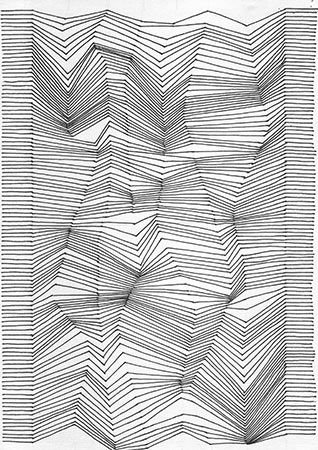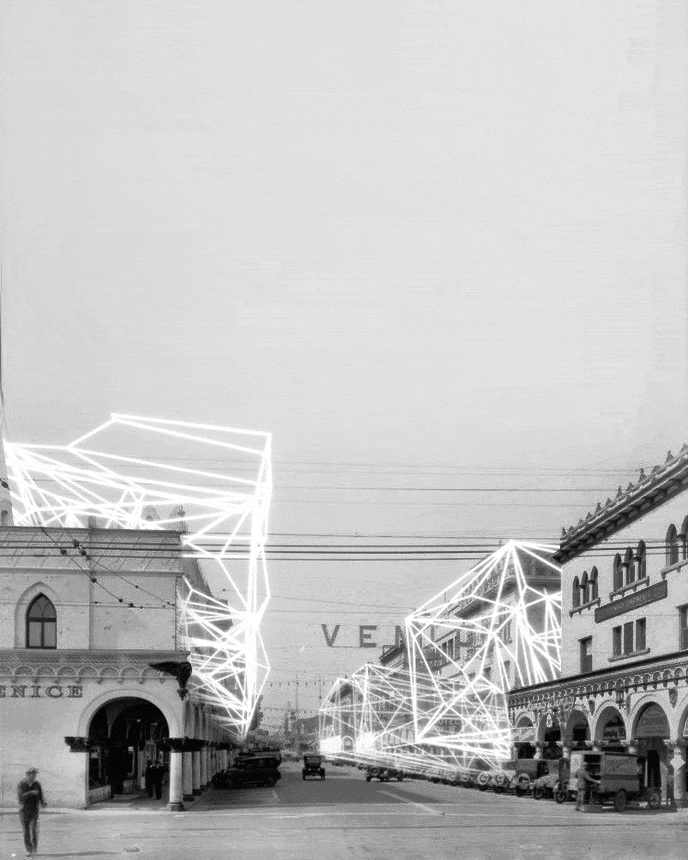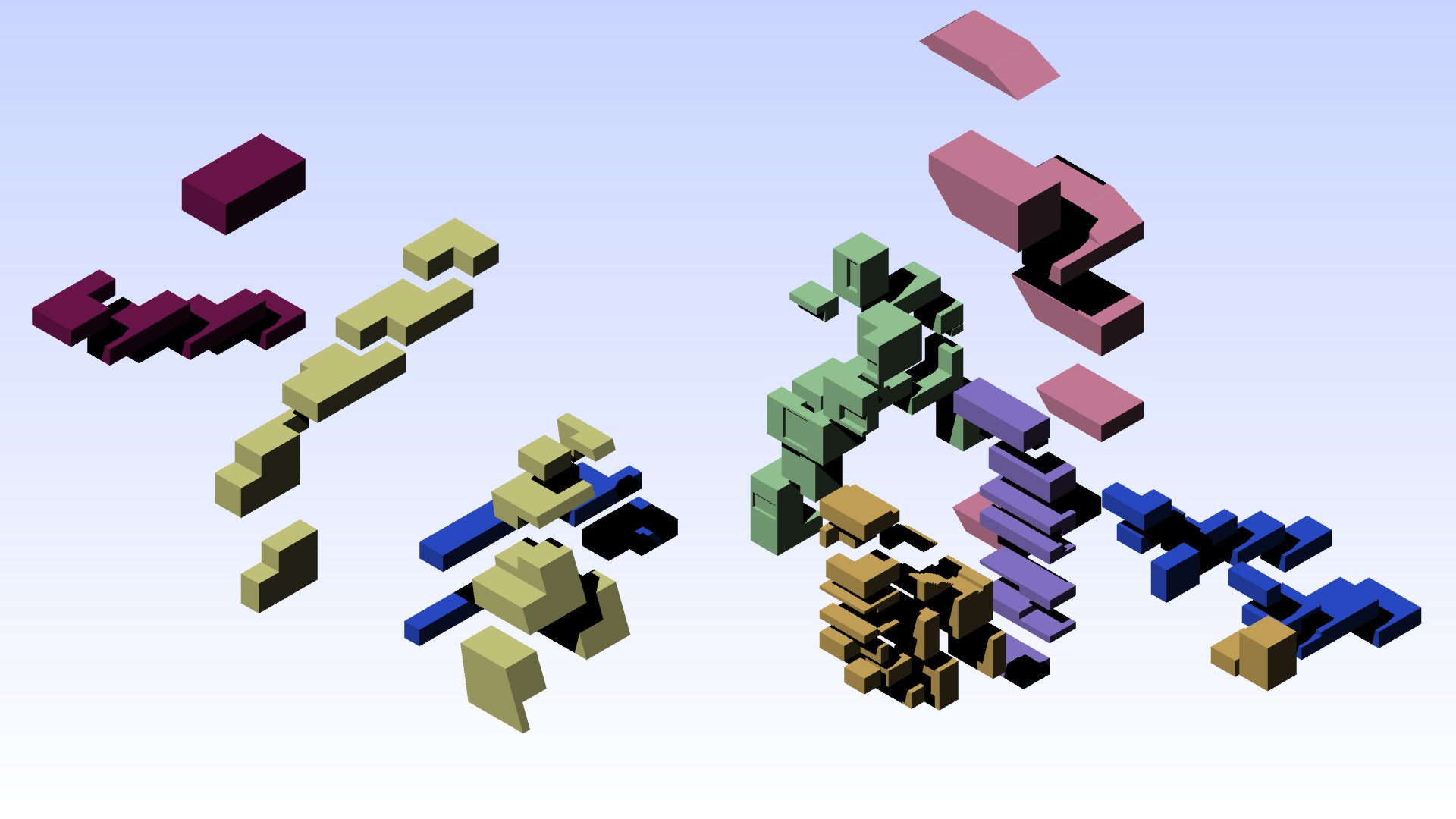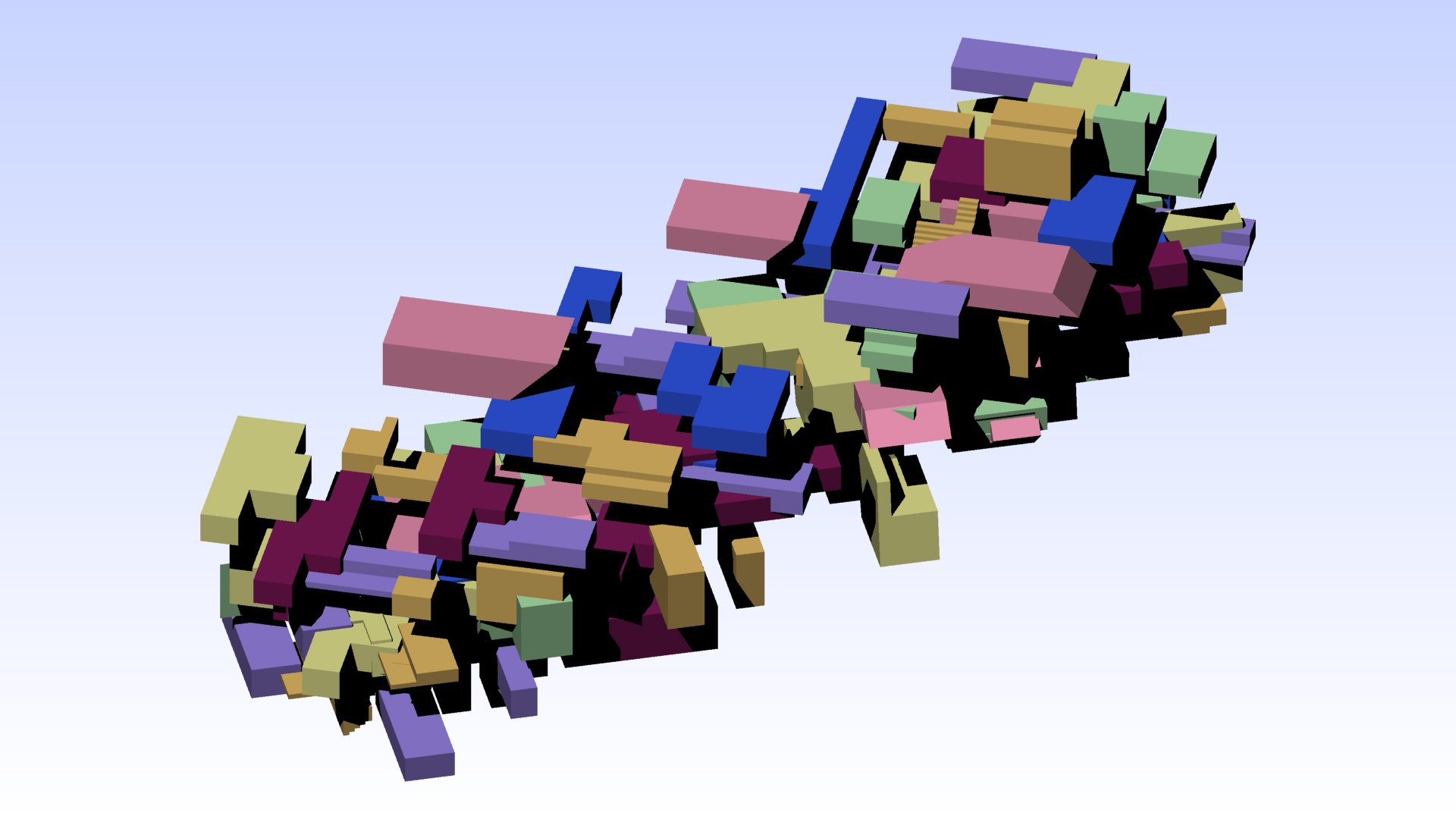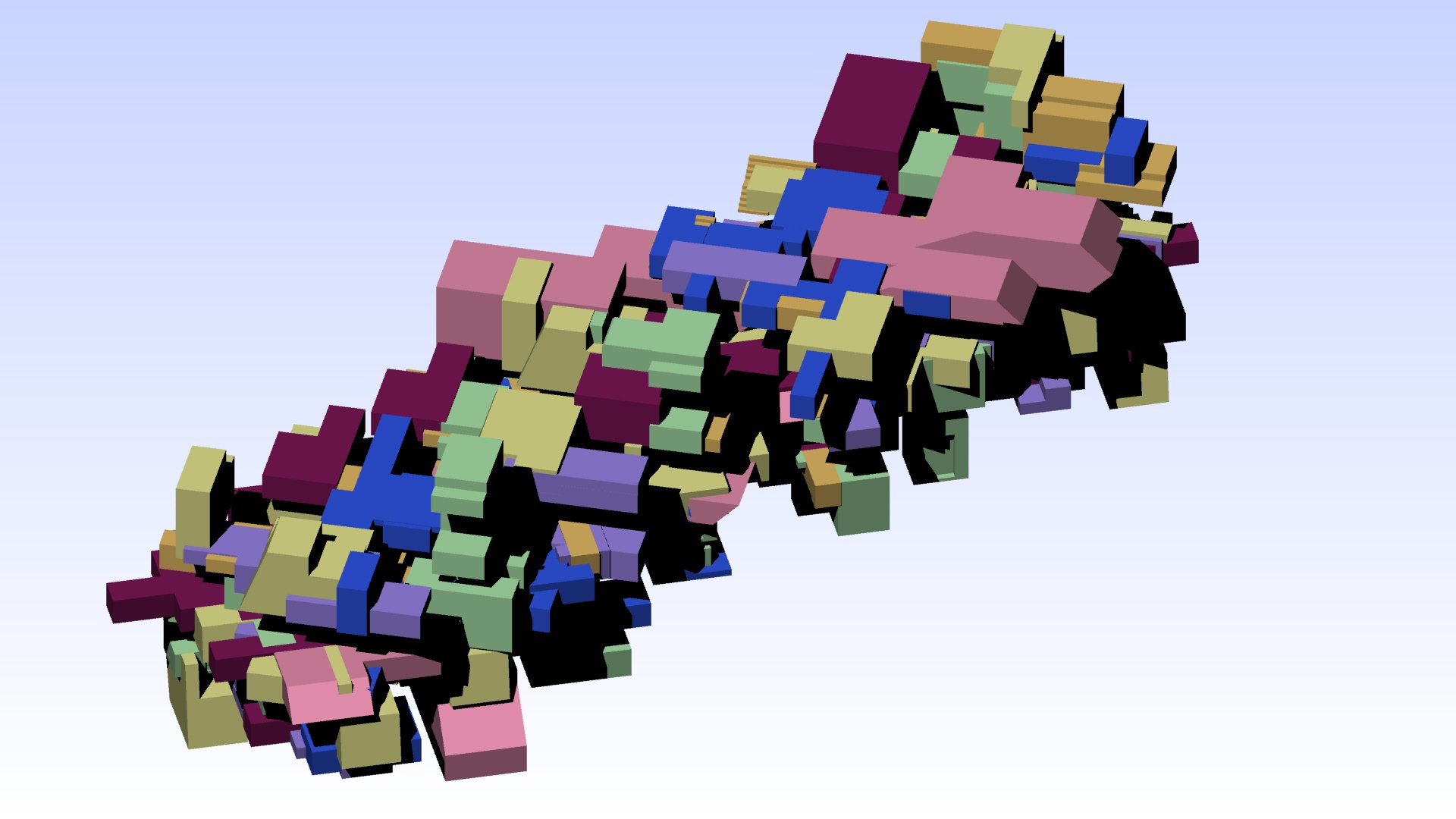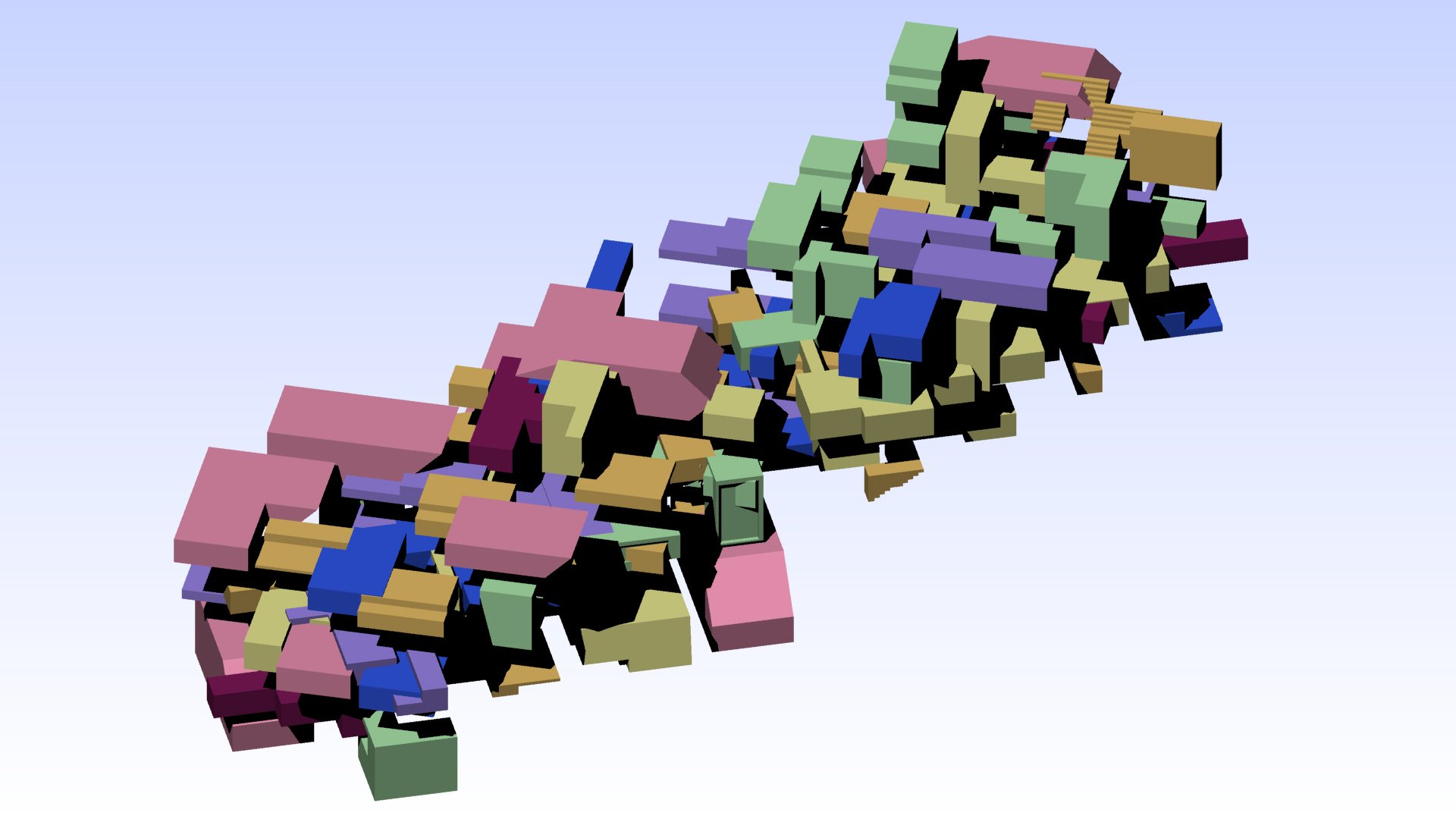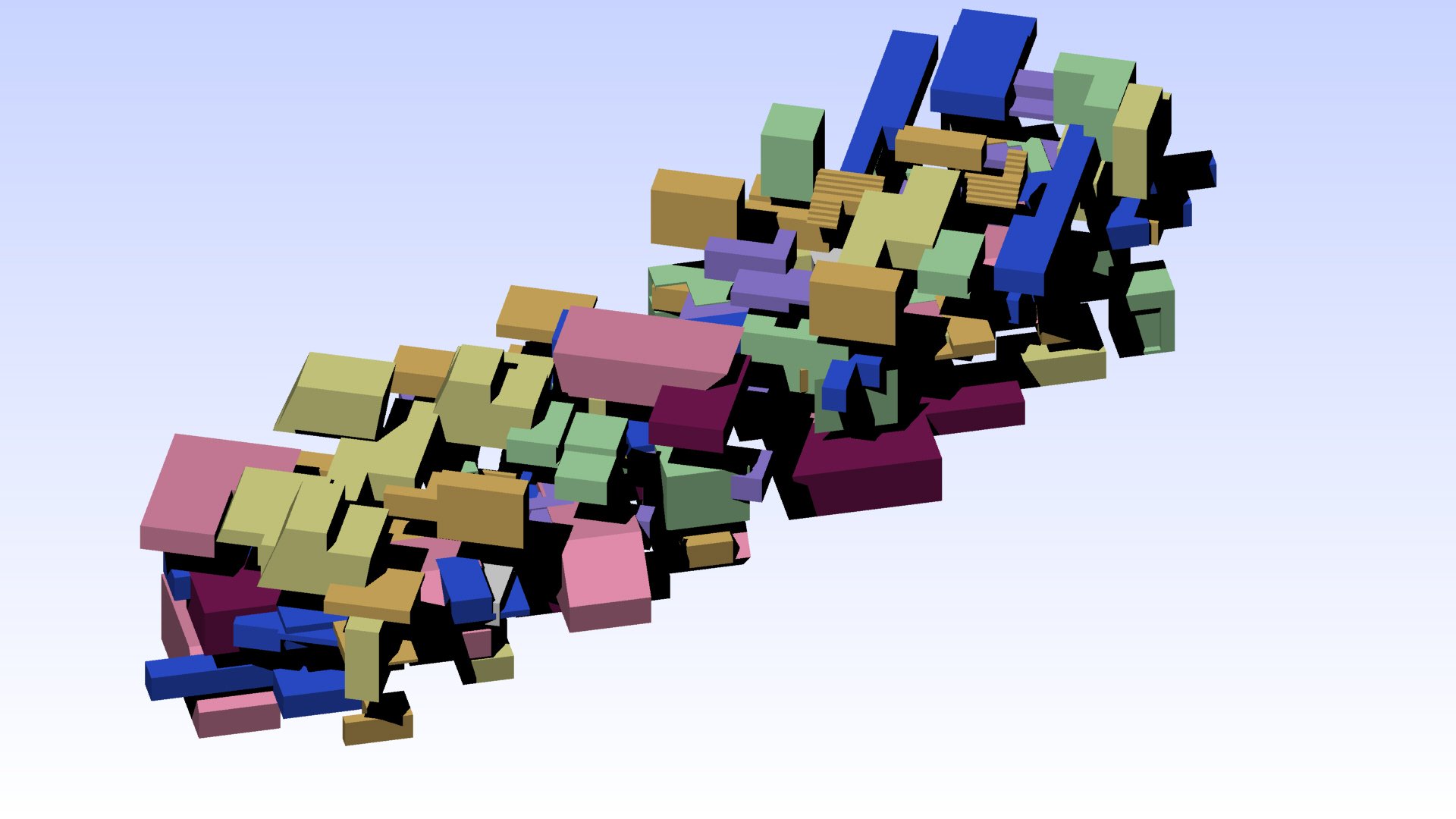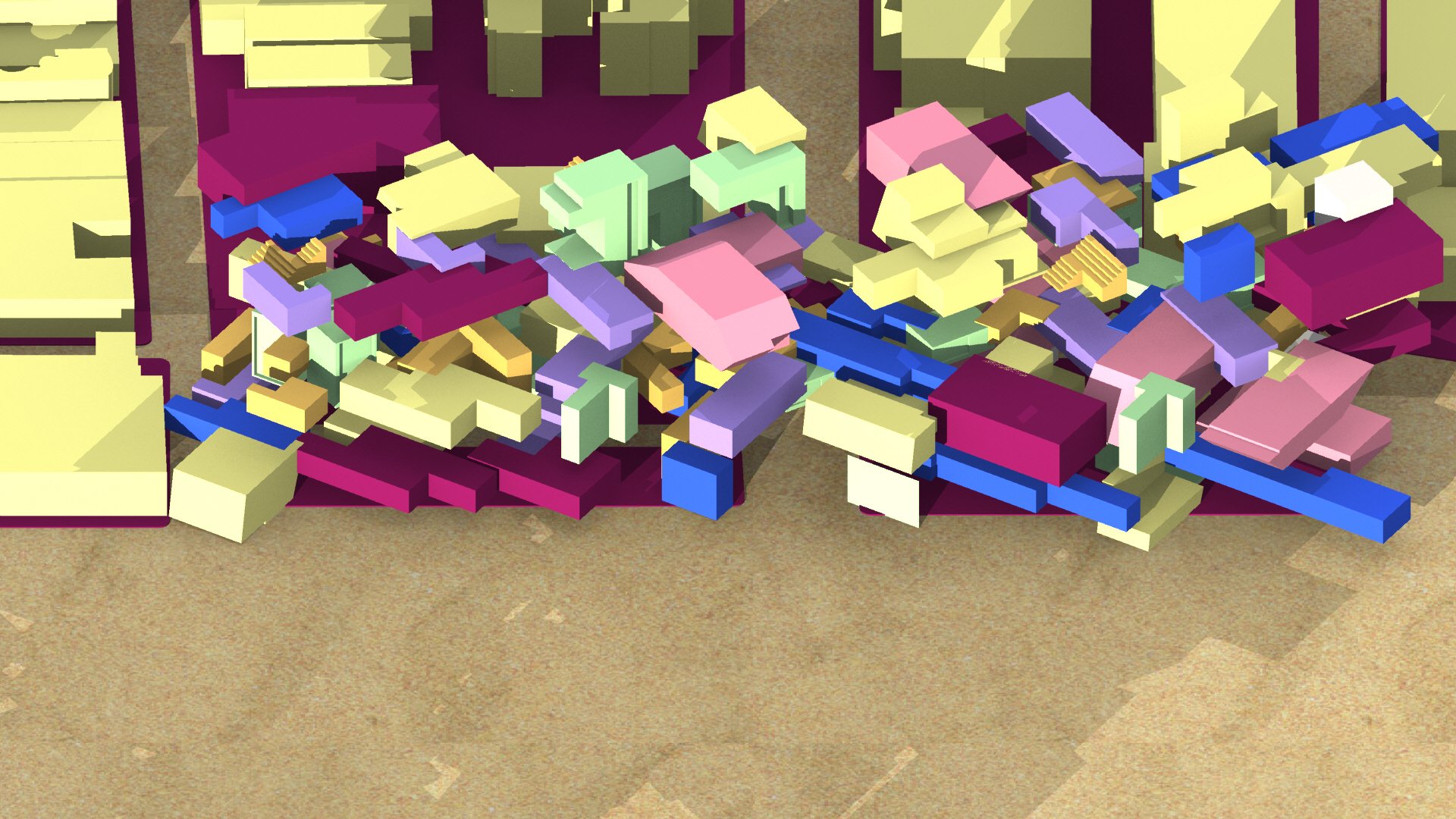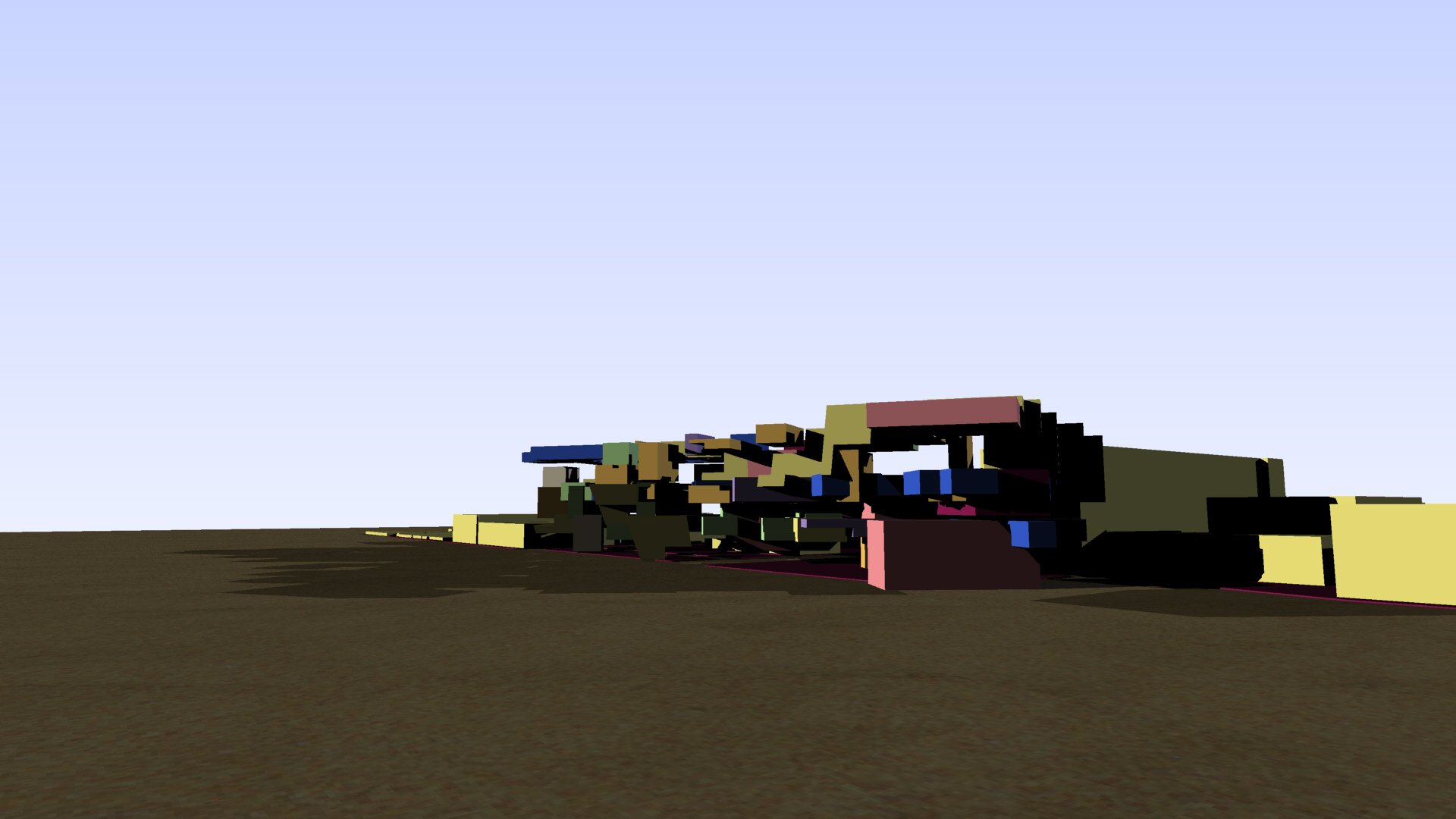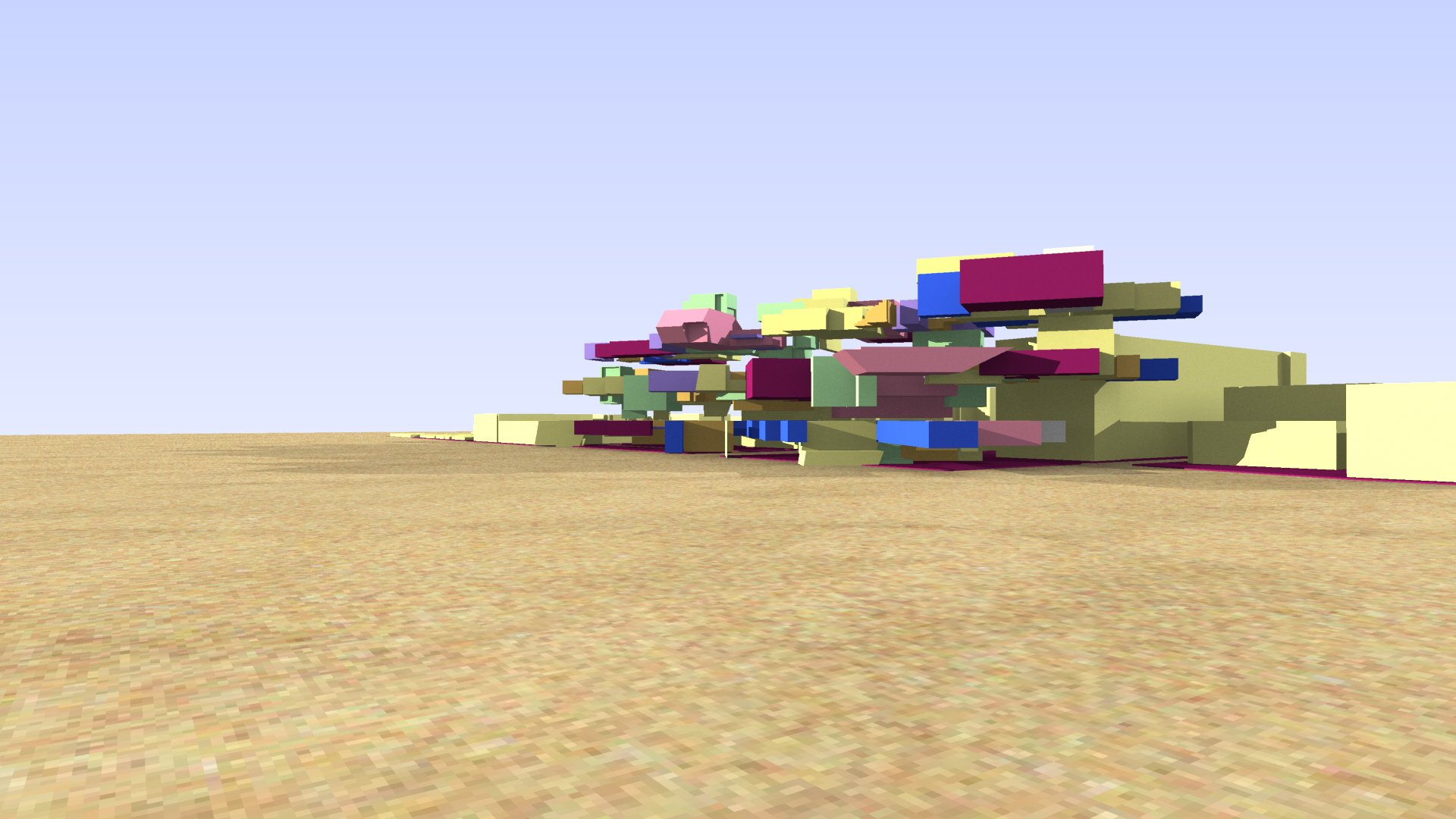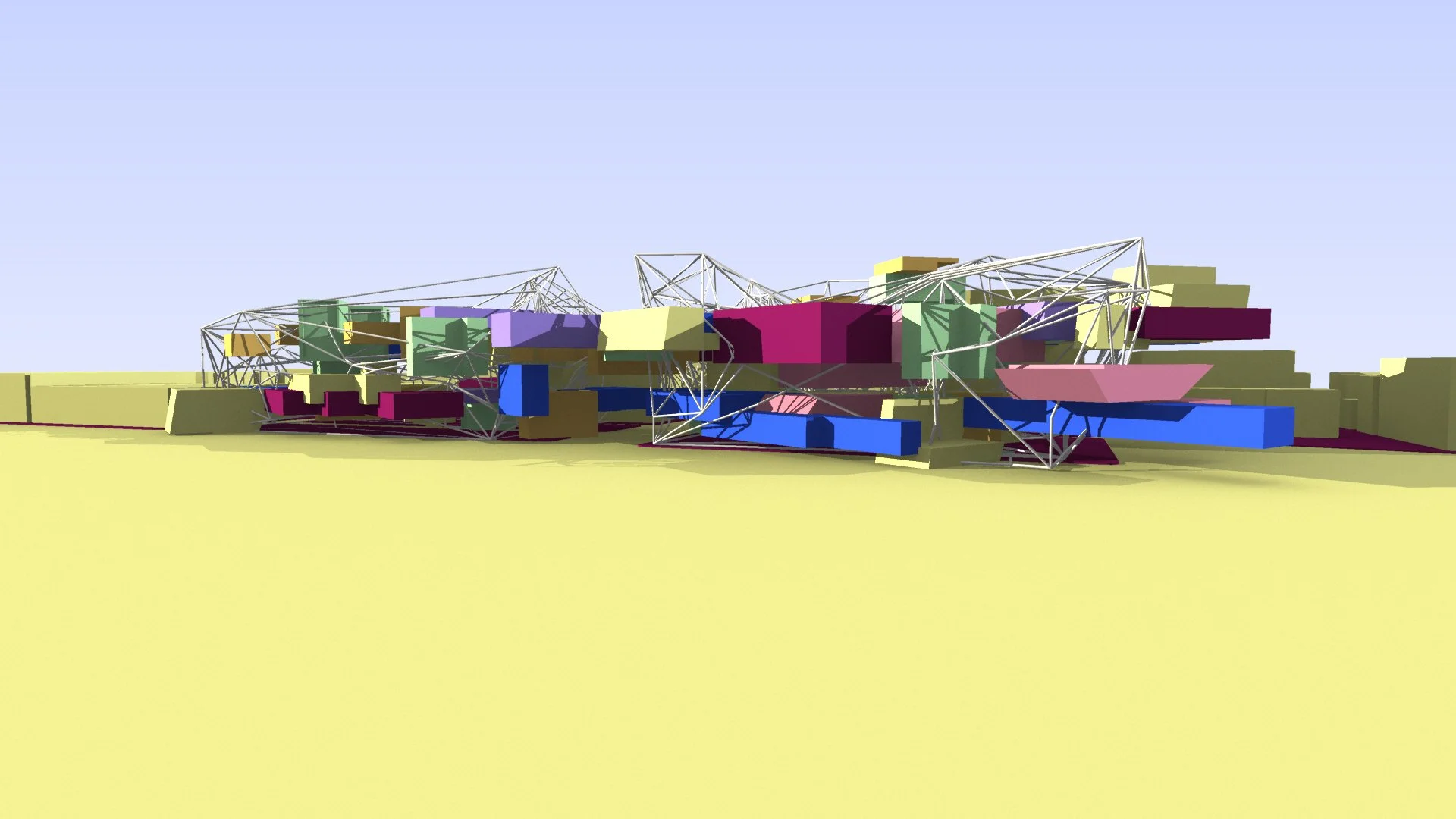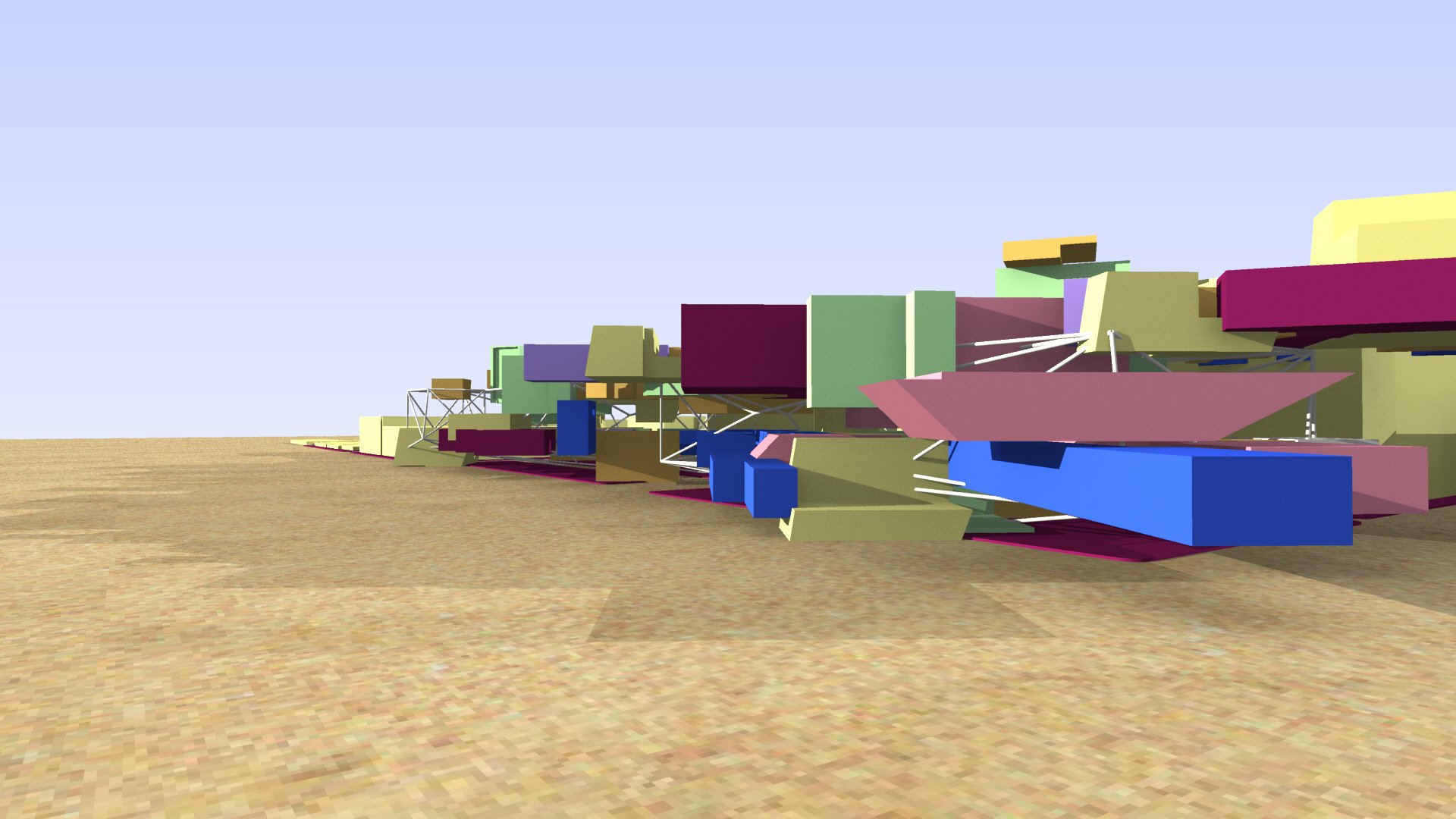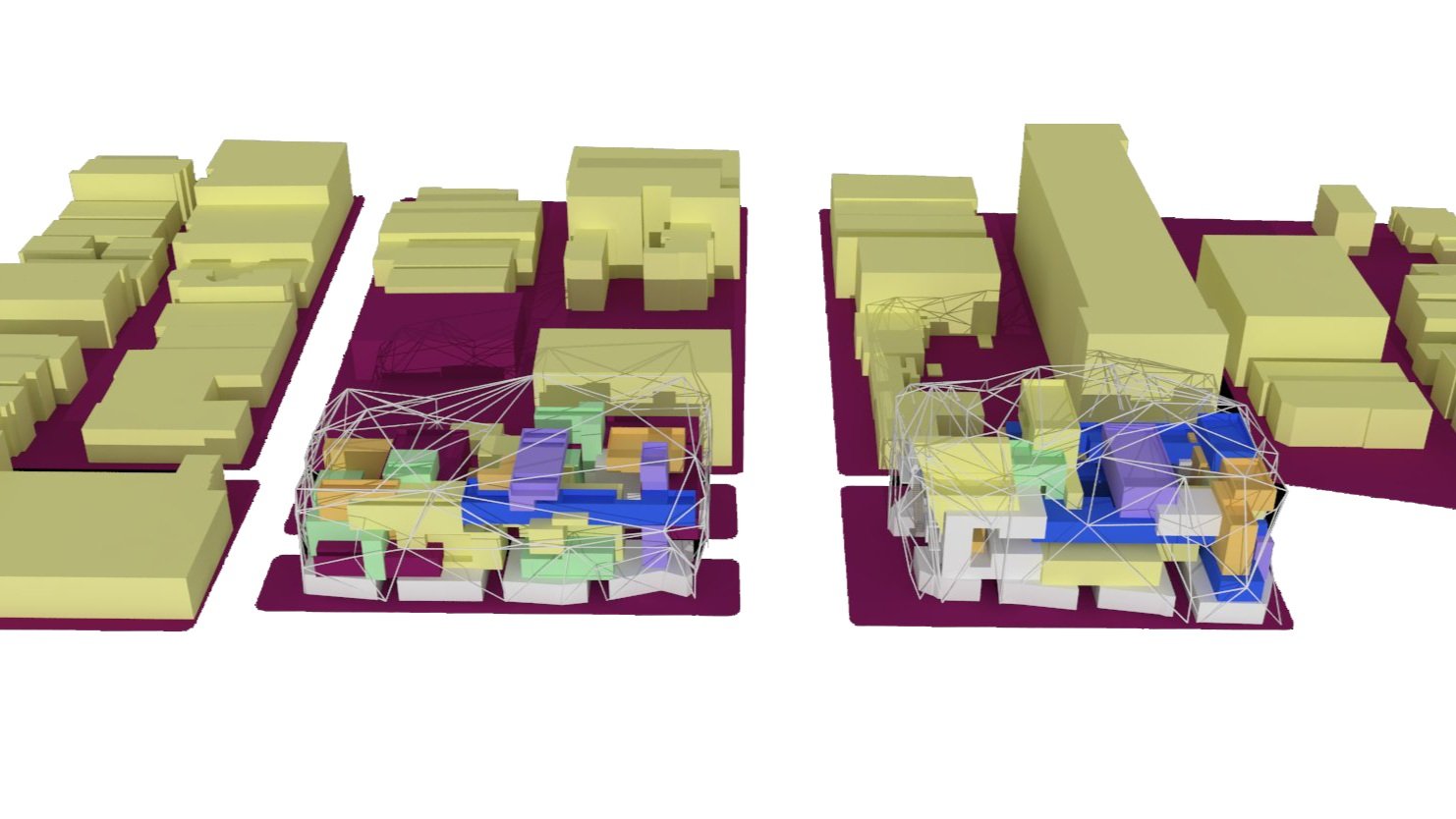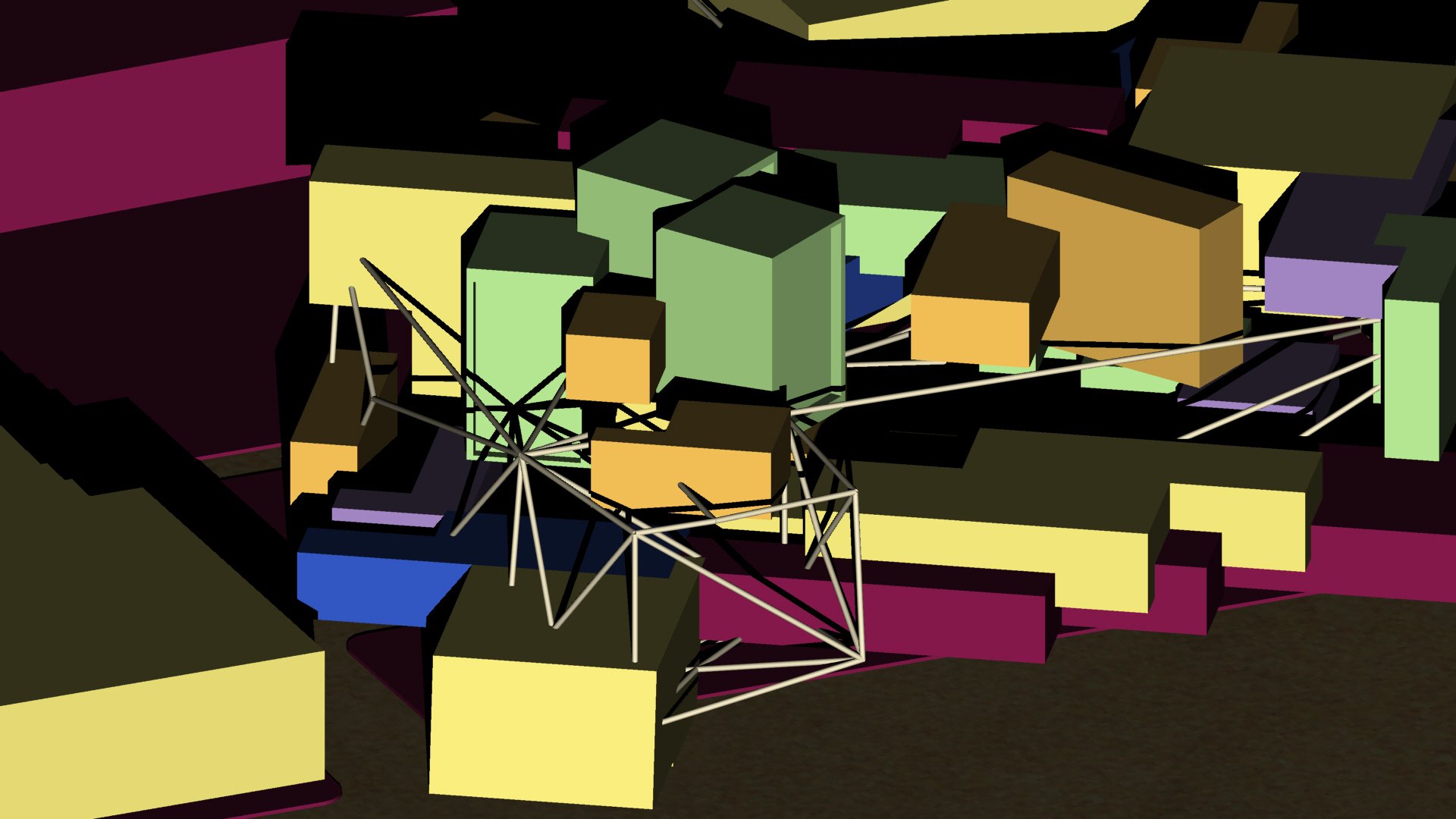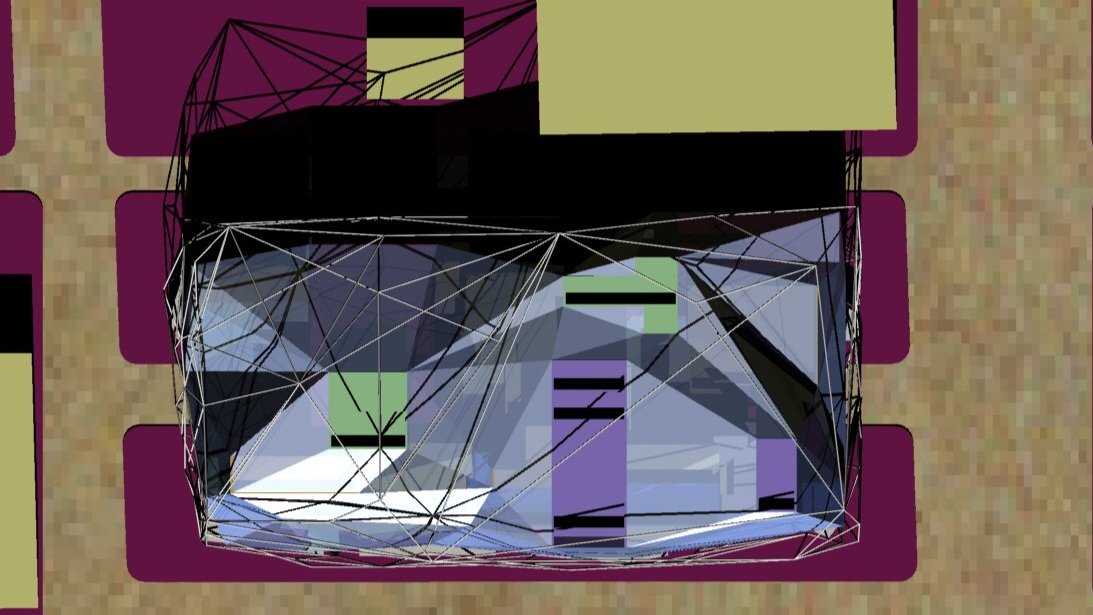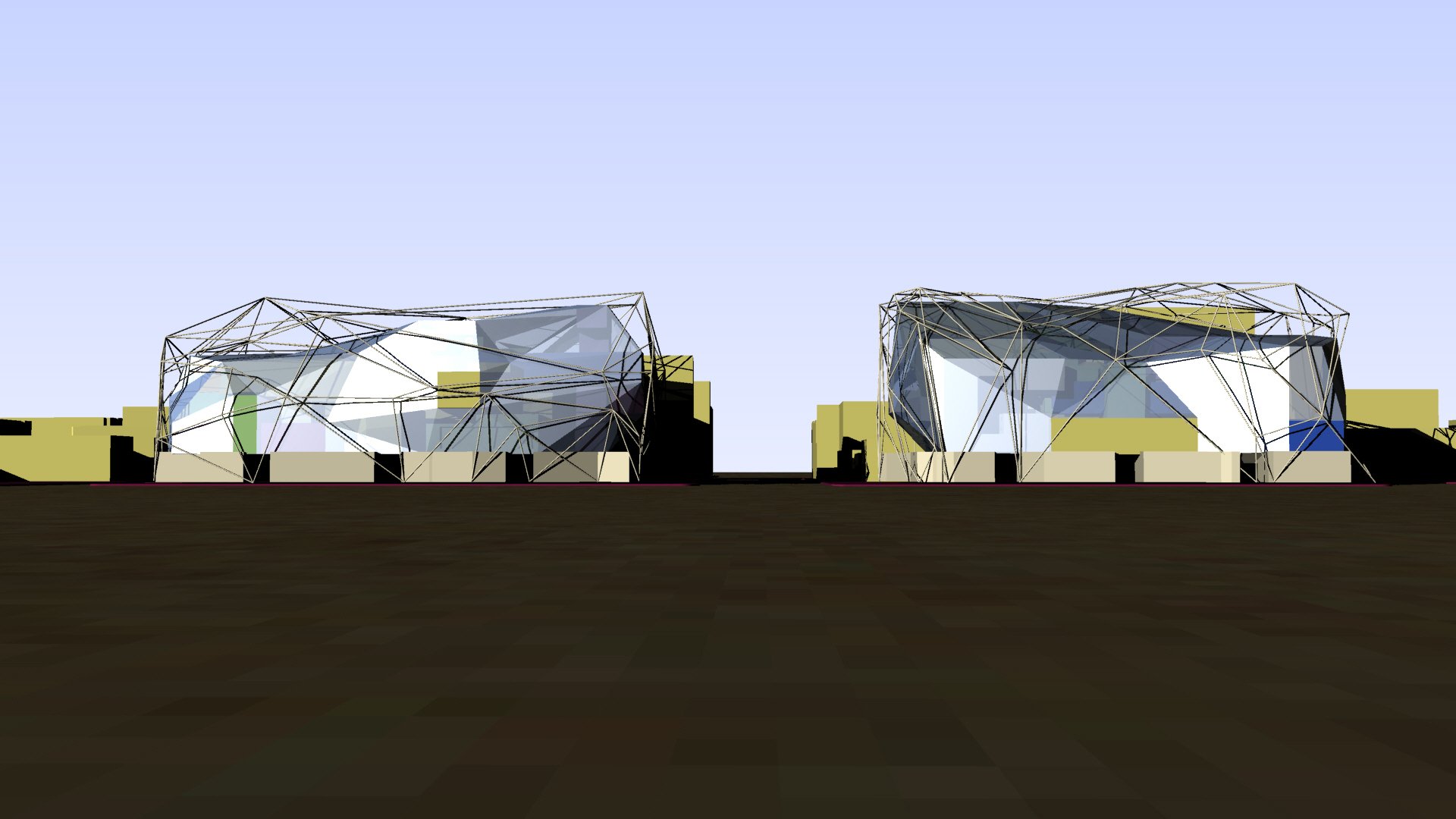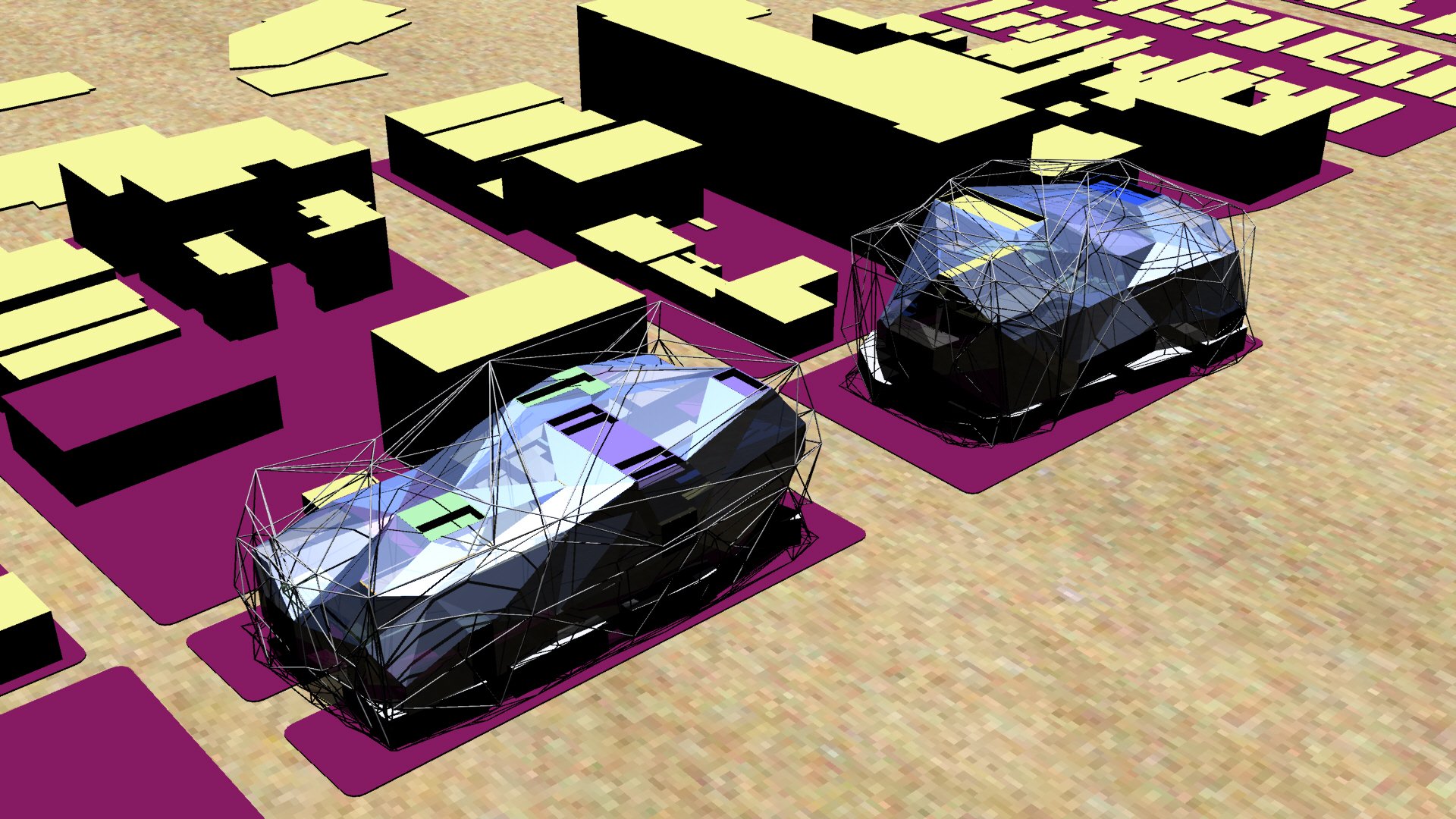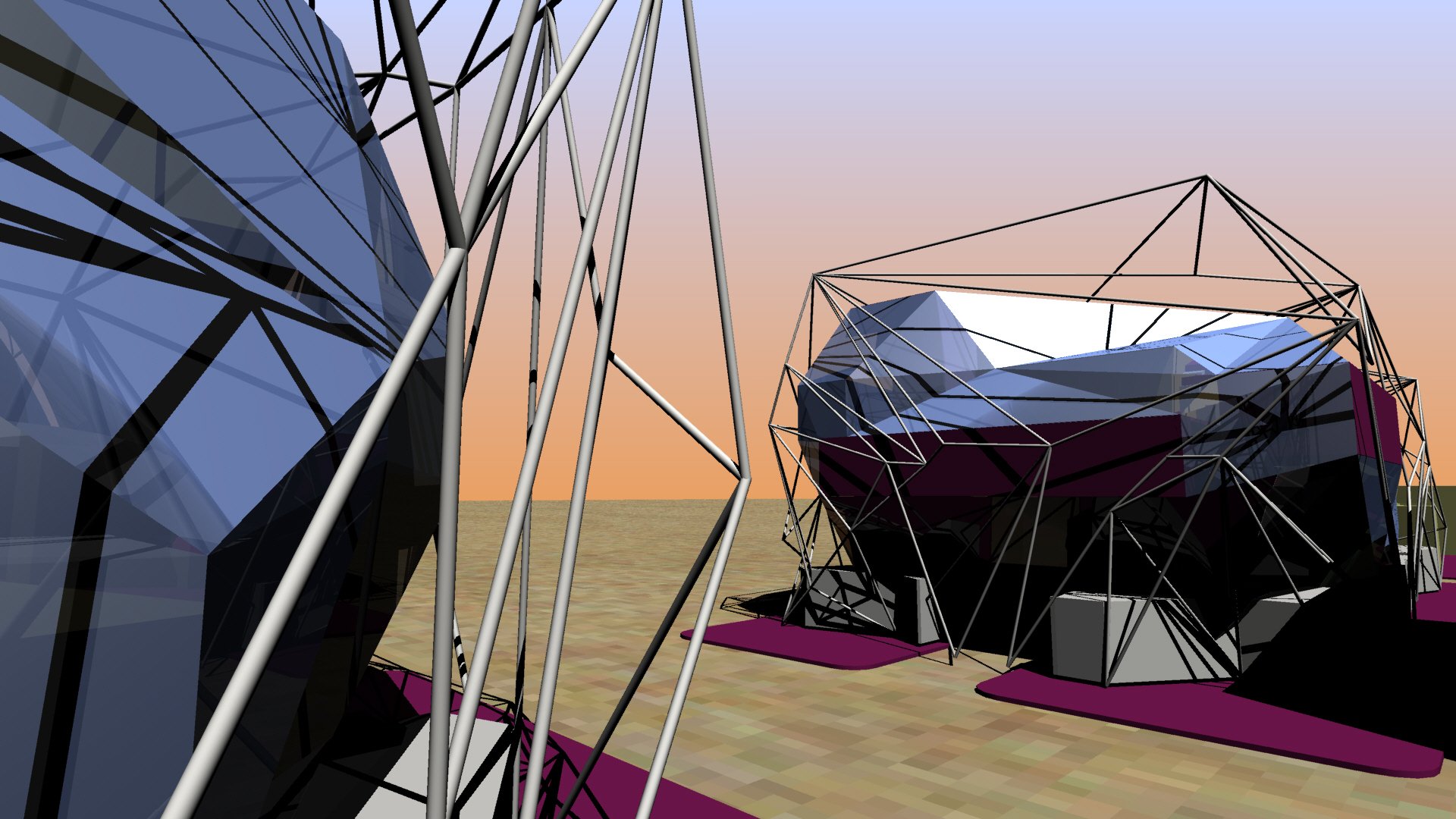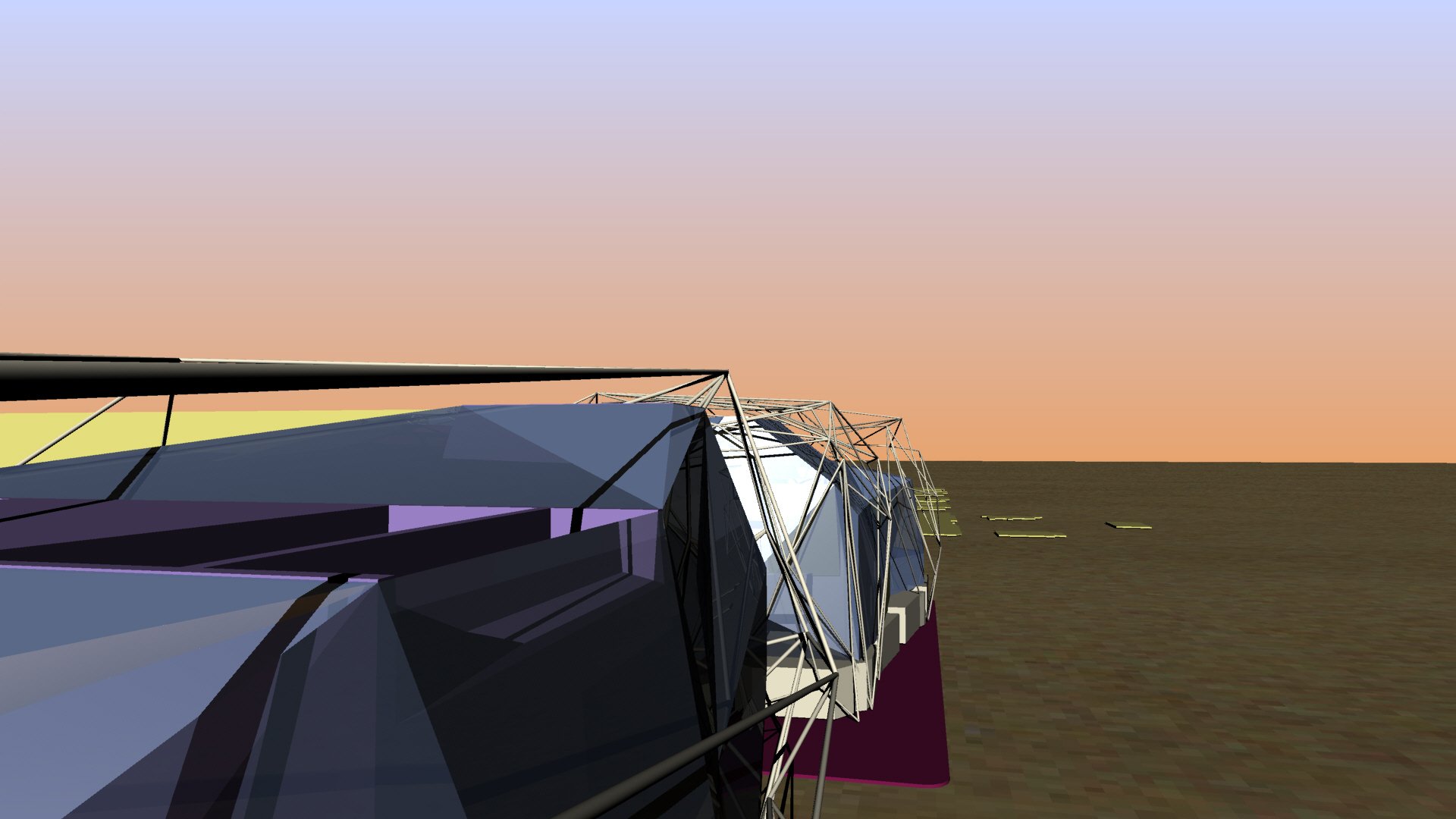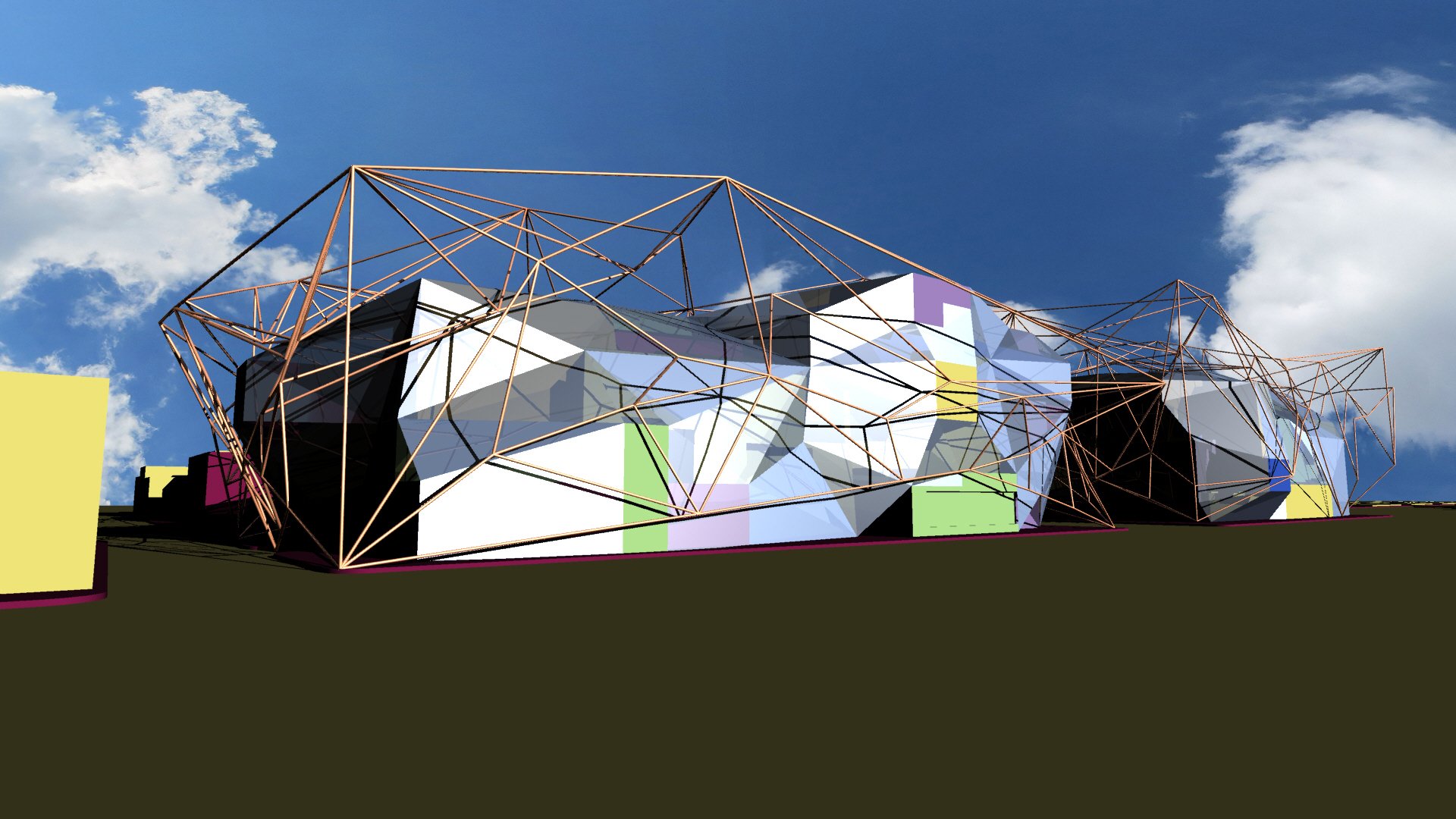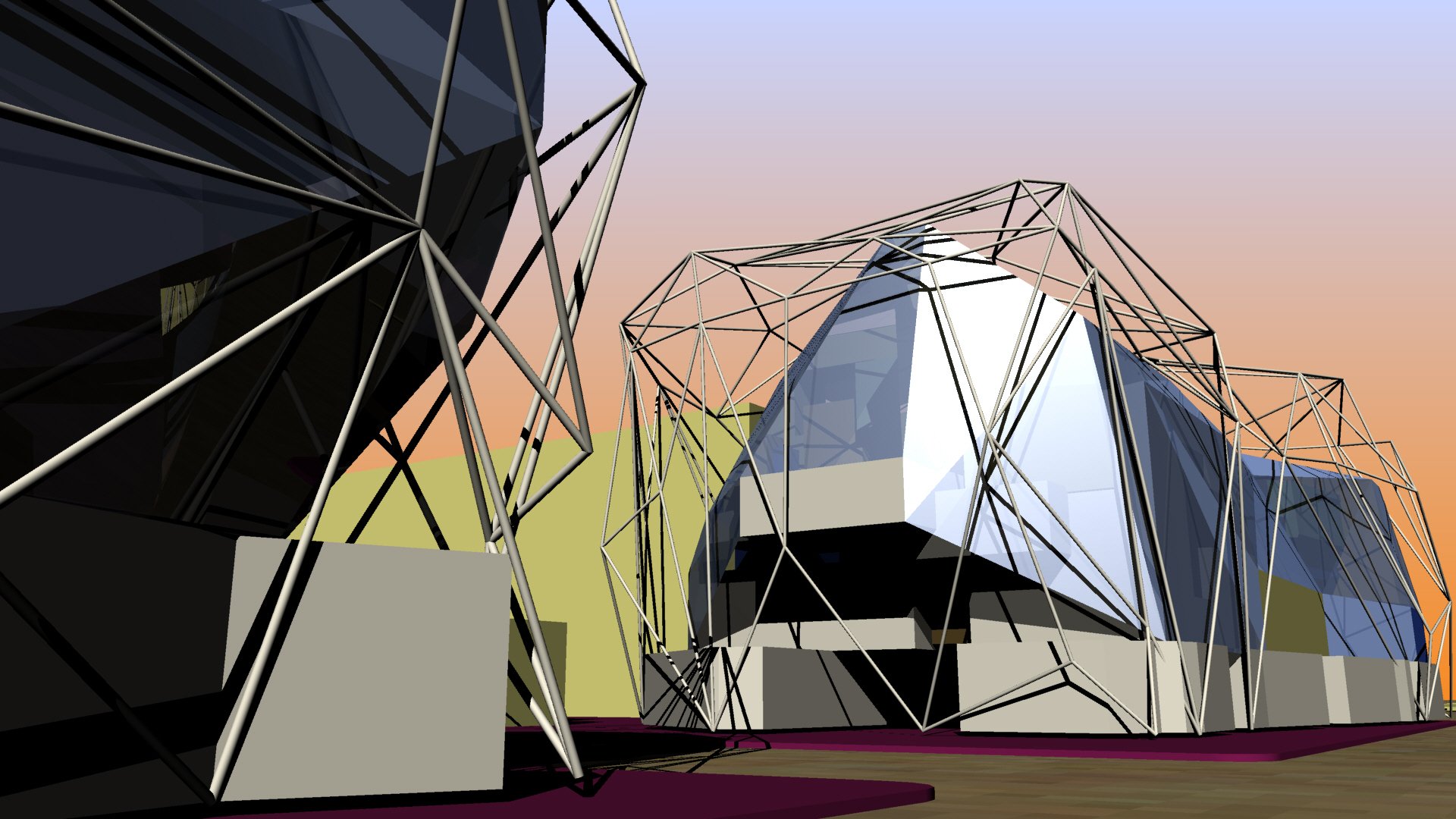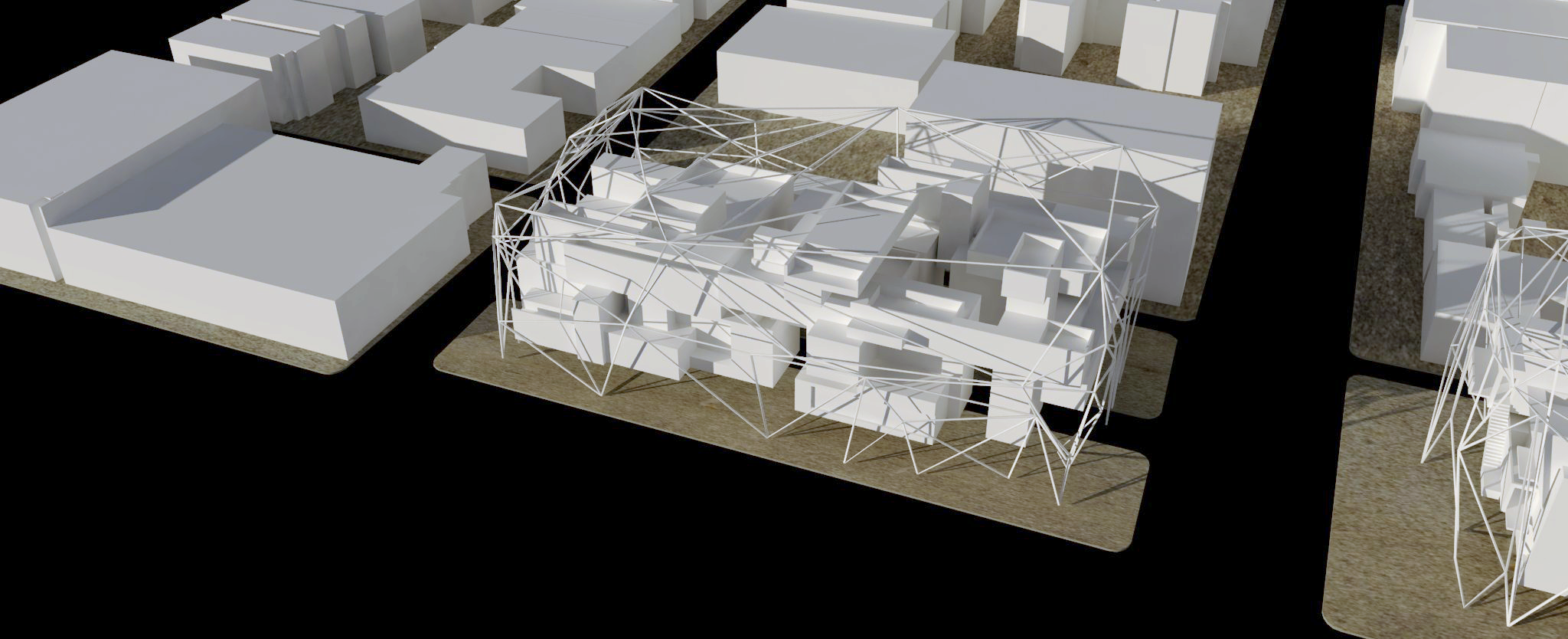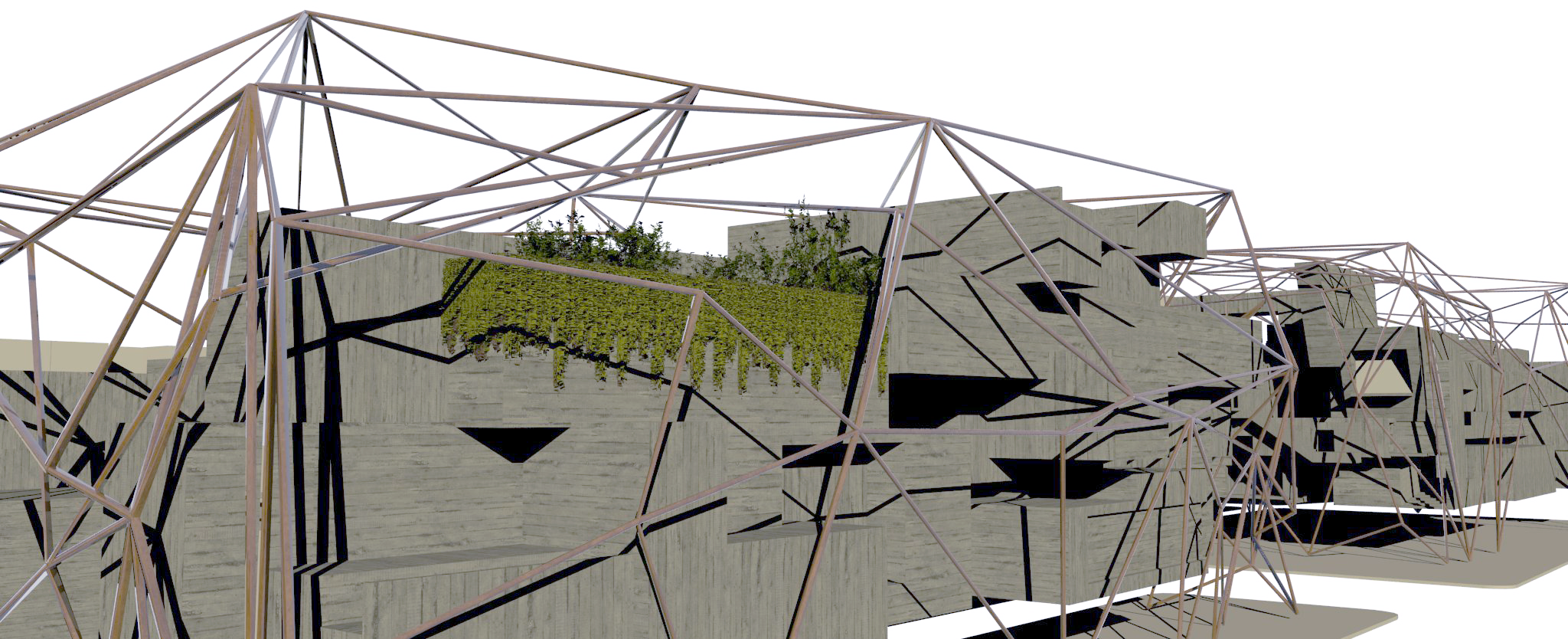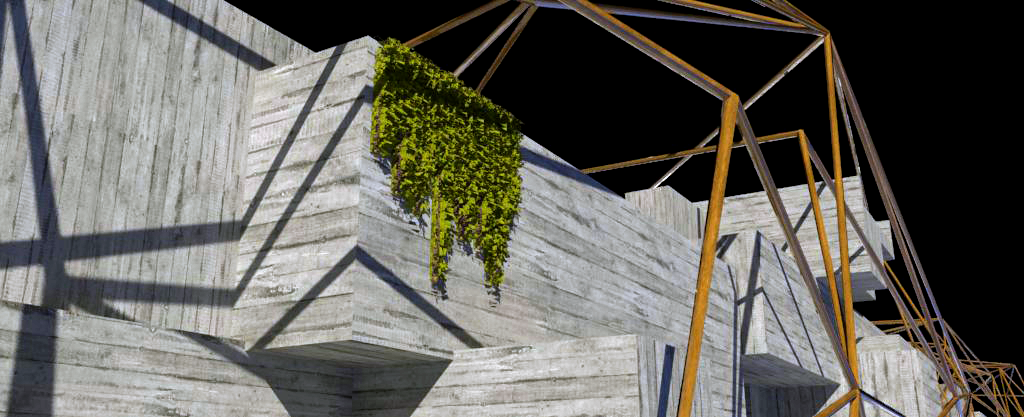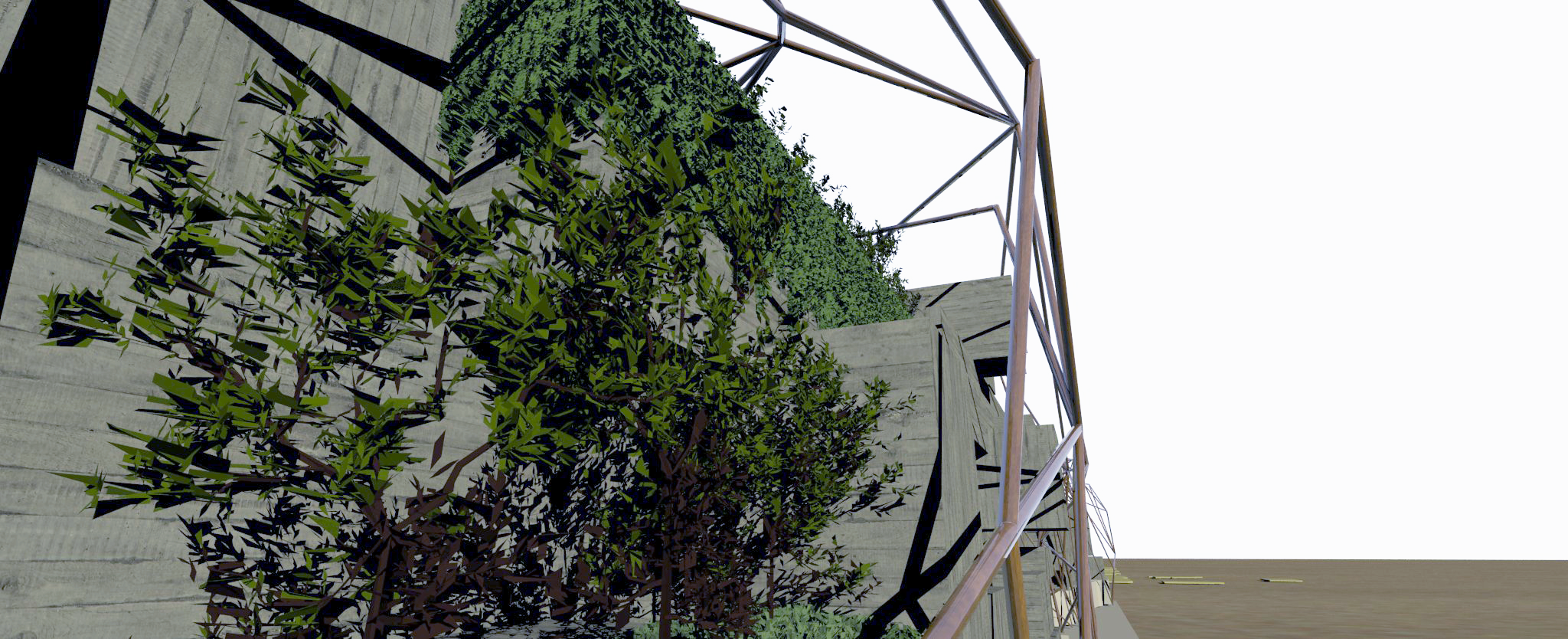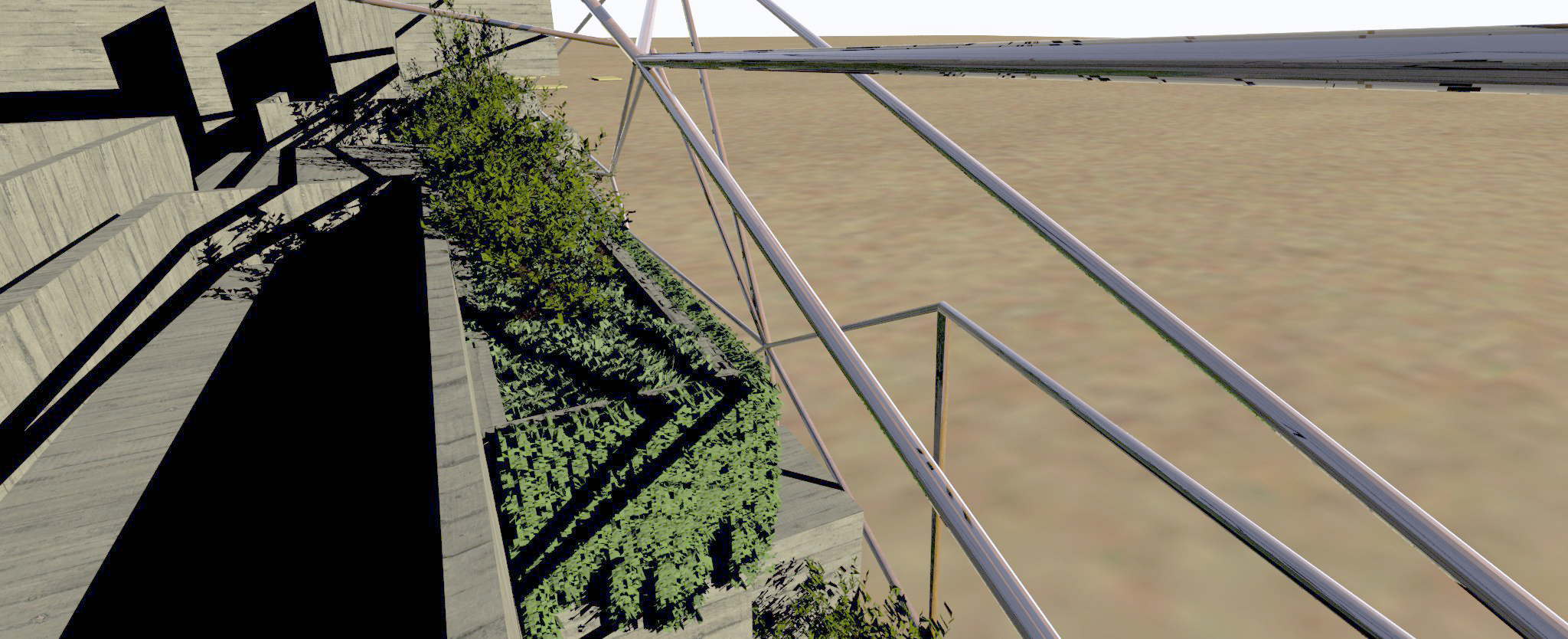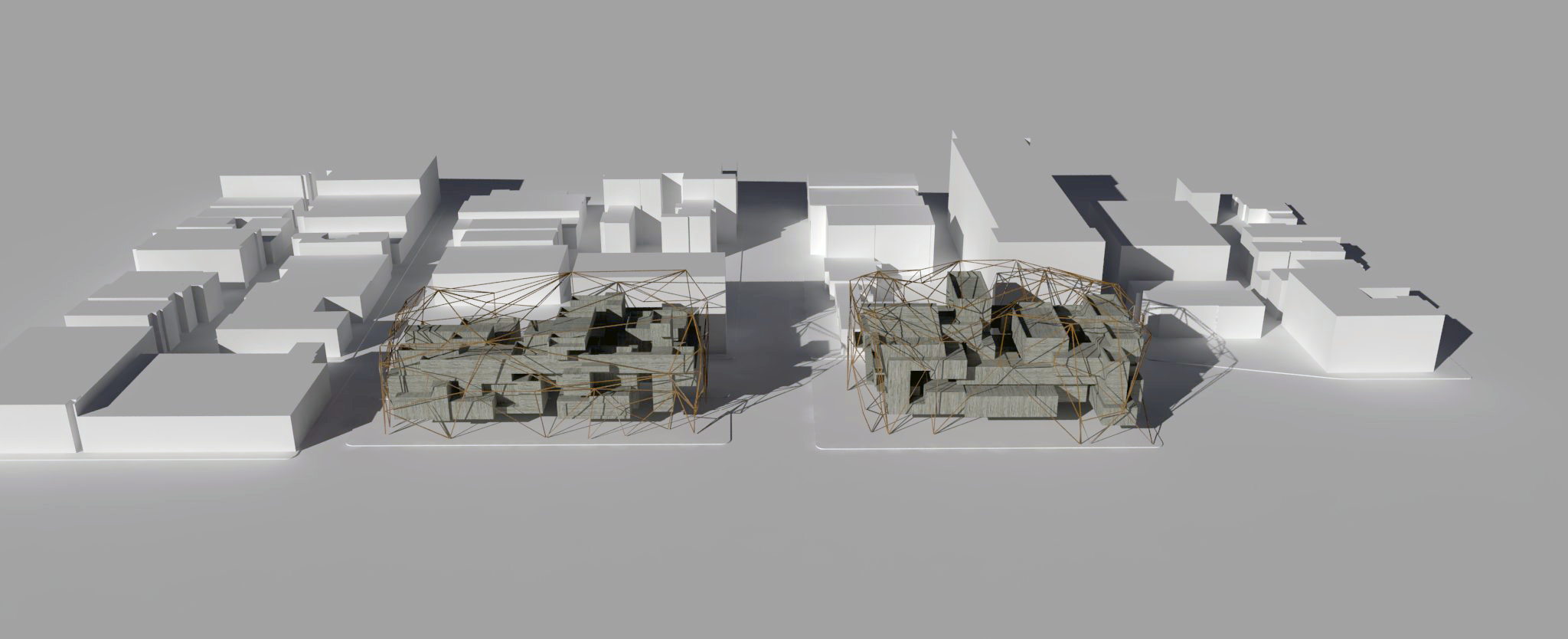CASE STUDY
WINDWARD HETEROTOPIA
VENICE BEACH | LOS ANGELES, CA
Venice, California has long been undergoing continual and rapid transition. Civil rights and historic preservation advocates share space with tourists, transients, and the tech industry. Exclusionary zoning codes restrict additional dwelling units even in the face of ever increasing demand and rising housing prices. Spaces for public expression and small community enterprise are lacking. Amidst these competing forces, is there a normative state for architecture, that is, the way in which things ought to be, and, who stands to benefit? These questions are explored in an intervention for the iconic site at the heart of Venice Beach.
Windward at Ocean Front Walk is a richly layered site with a history spanning from precolonial ceremonial spaces to marshes used for duck hunting during the rancho period, then from foreclosures and land subdivision to Abbot Kinney’s Venice of America. In the early 1900s, construction of a entertainment and hospitality oriented pier was begun before a winter storm destroyed it in 1905, only to then be rebuilt. Later in 1921, a year after Abbot Kinney died of lung cancer, the pier was destroyed by fire and rebuilt for a second time. Bootleg alcohol was smuggled and consumed here during prohibition. In 1946, after the pier's lease expired, it was ordered closed and dismantled. However, Venice nurtured a bohemian culture and a mosaic of public expressions, including the summer of love in the 60s.
These layers of meaning locate the site into a spatial type that is ill-defined: on one hand the space is a physical location with concrete characteristics and a flow of individuals that contribute to social interactions, and on the other hand Venice is many abstractions and identities; for some a fantastical space, dreamlike, outside of the hegemonic order, yet embodied in a physical location. A heterotopia in the sense that Michel Foucault used when speaking of other spaces.
The concept driving the design of this project is a celebration of the heterotopia, that is, the carnivalesque atmosphere of an amusement park pier pulled from a time and space past and folded back into itself. Tectonically, the expression is that of a structure of light gently perched on the site, respecting the highly granular micro diversity and adding a literal framework within which new uses can share space and time with those that are existing.

